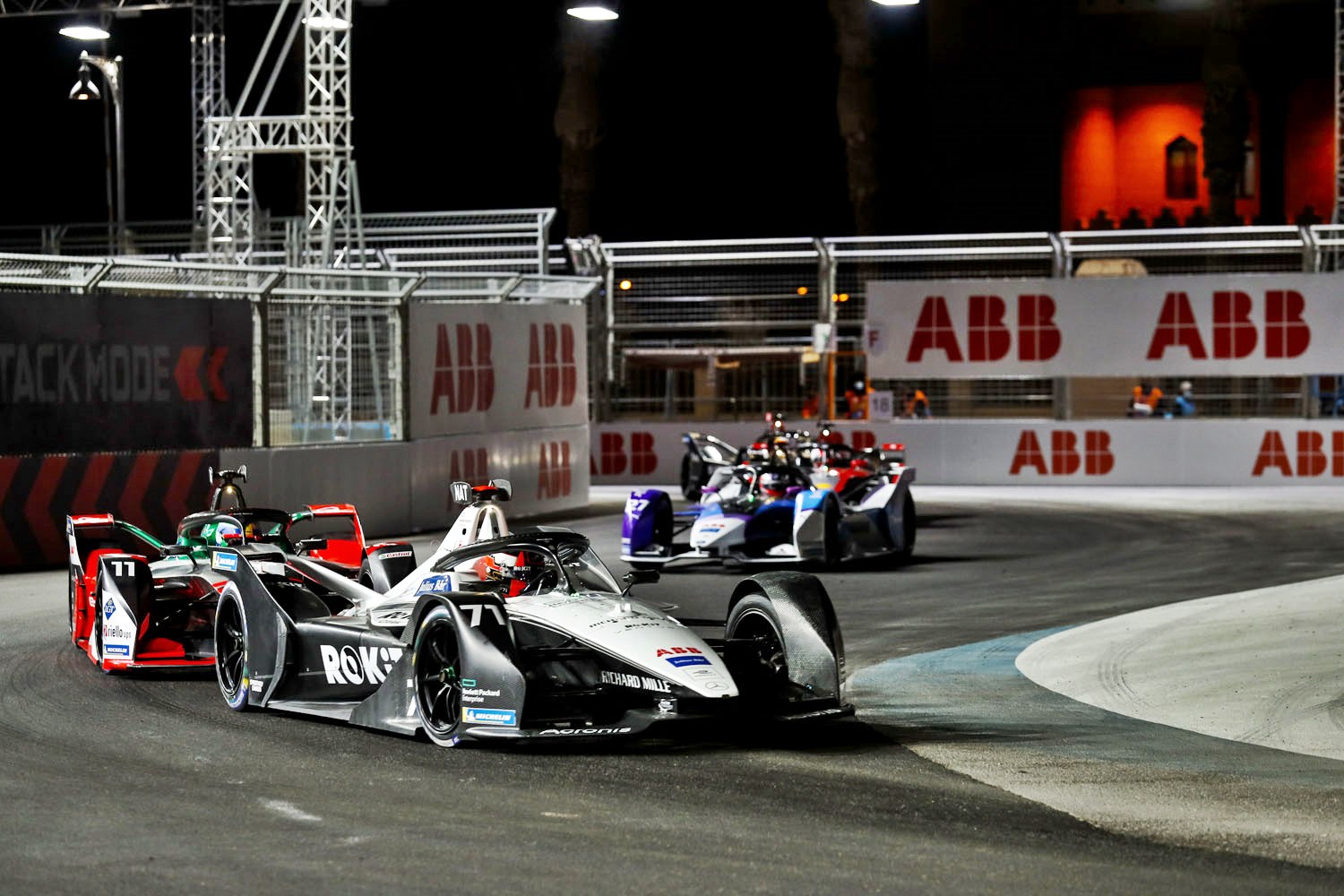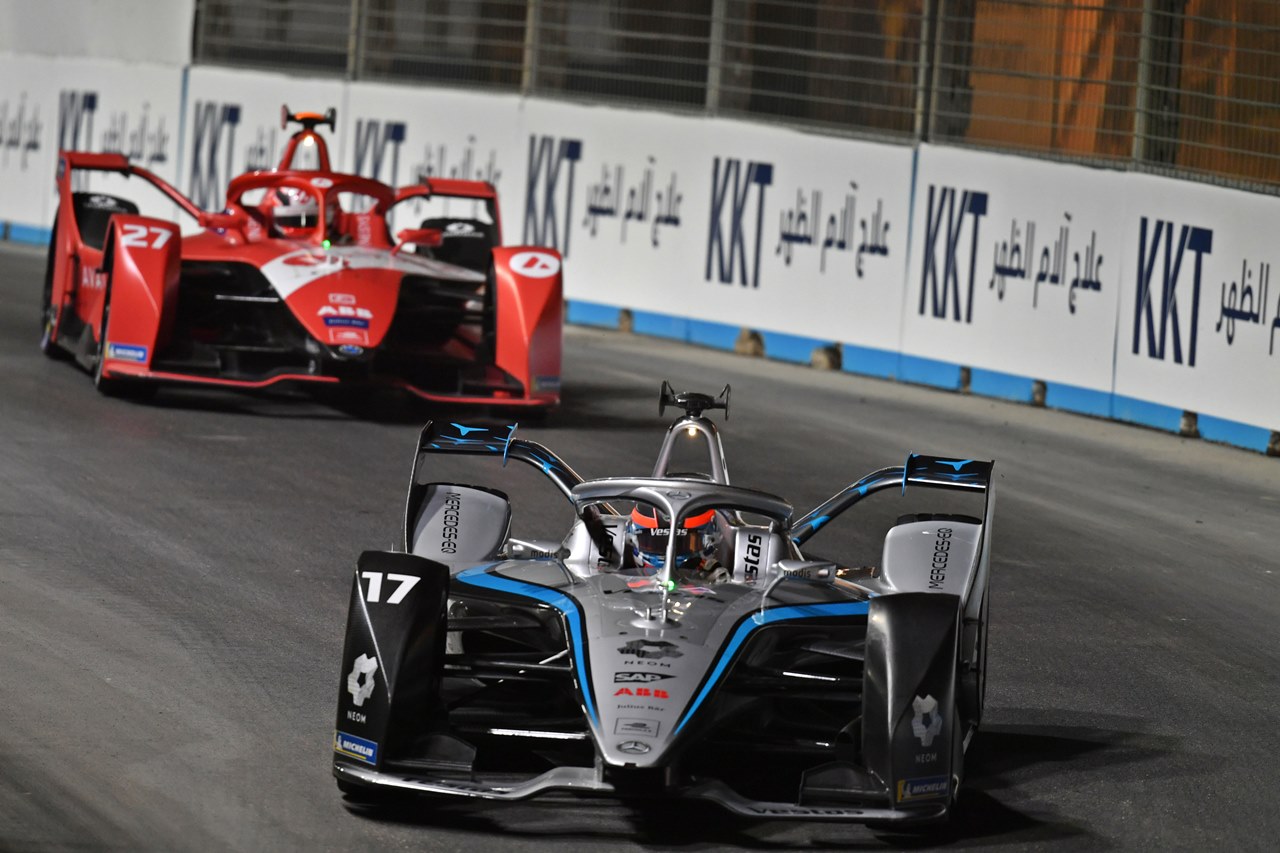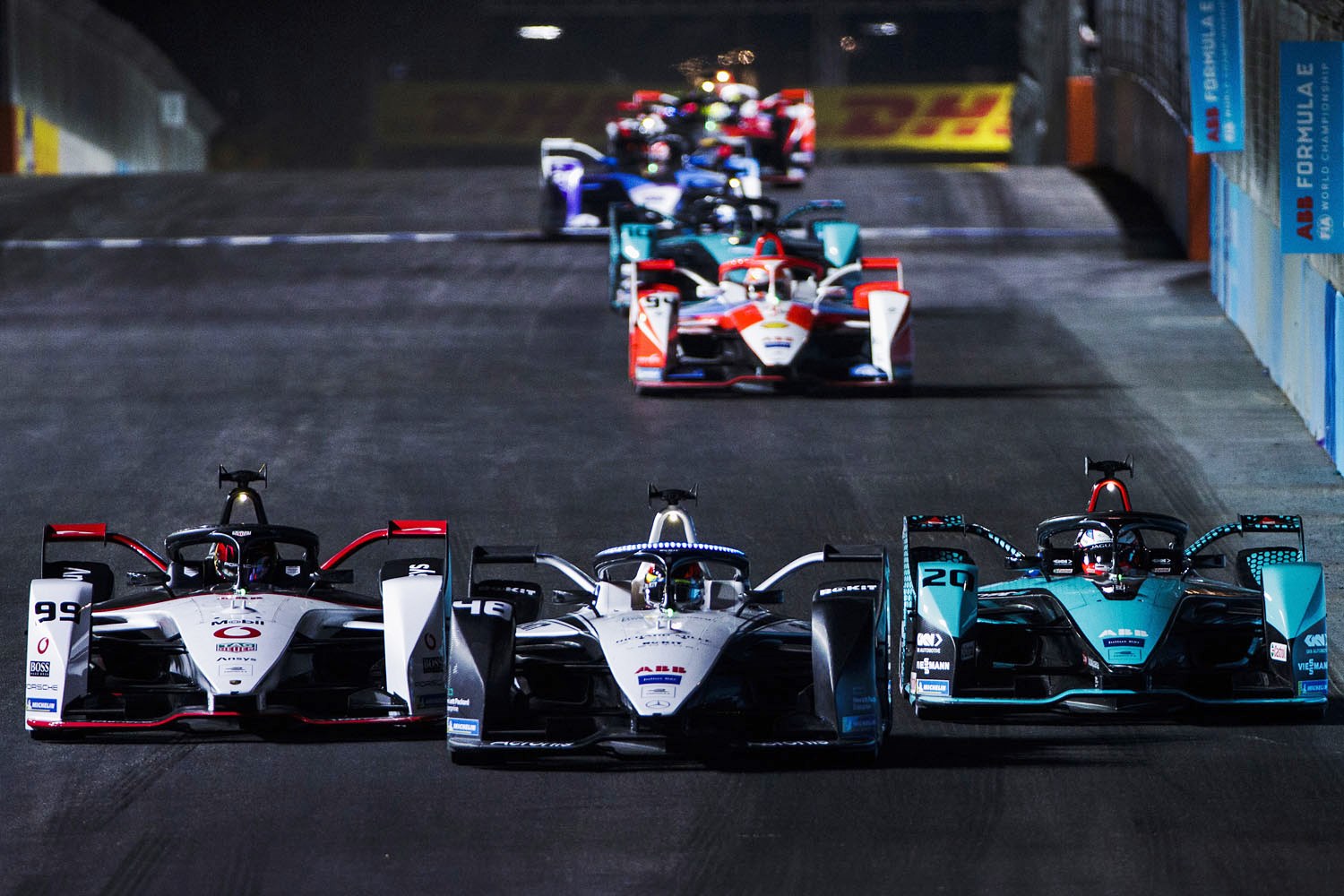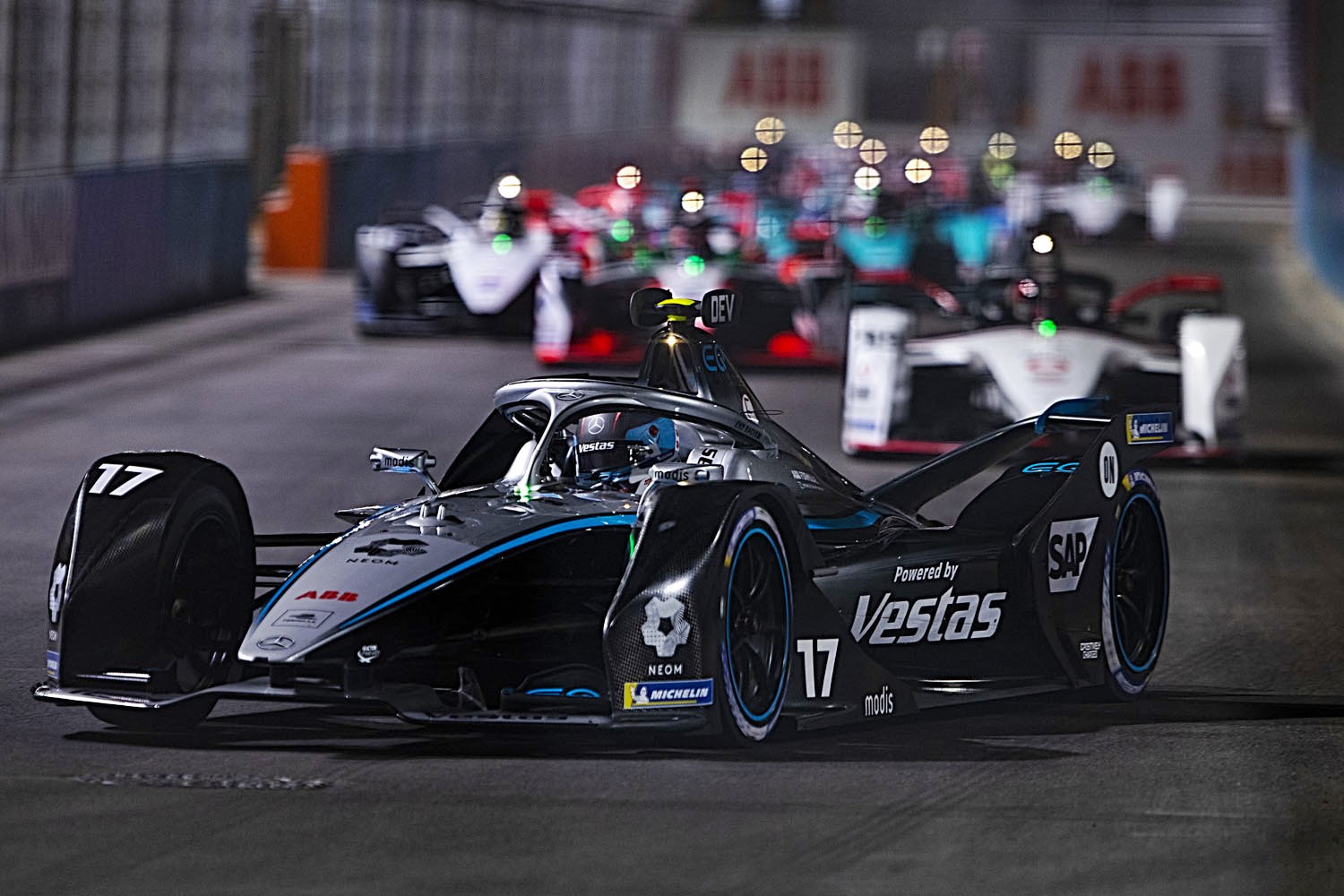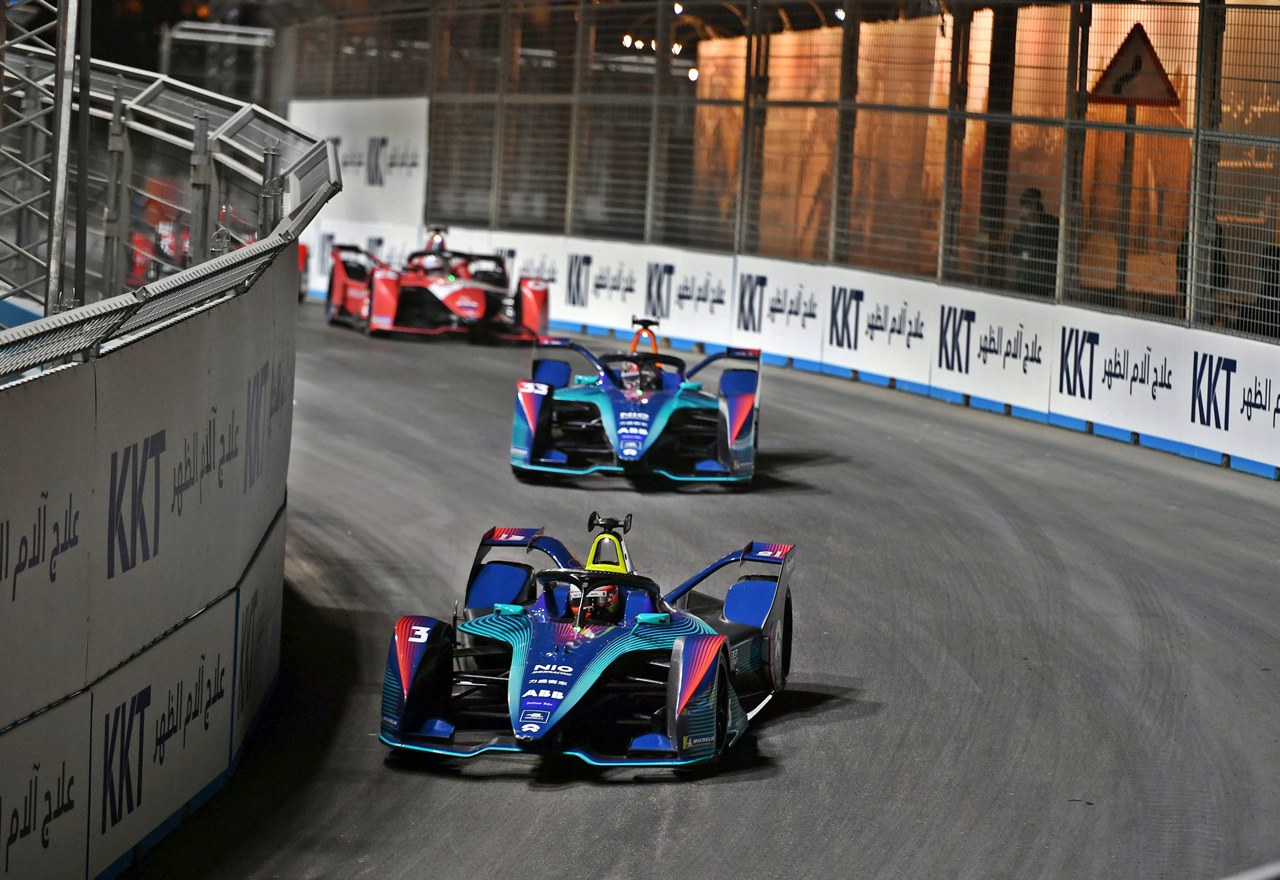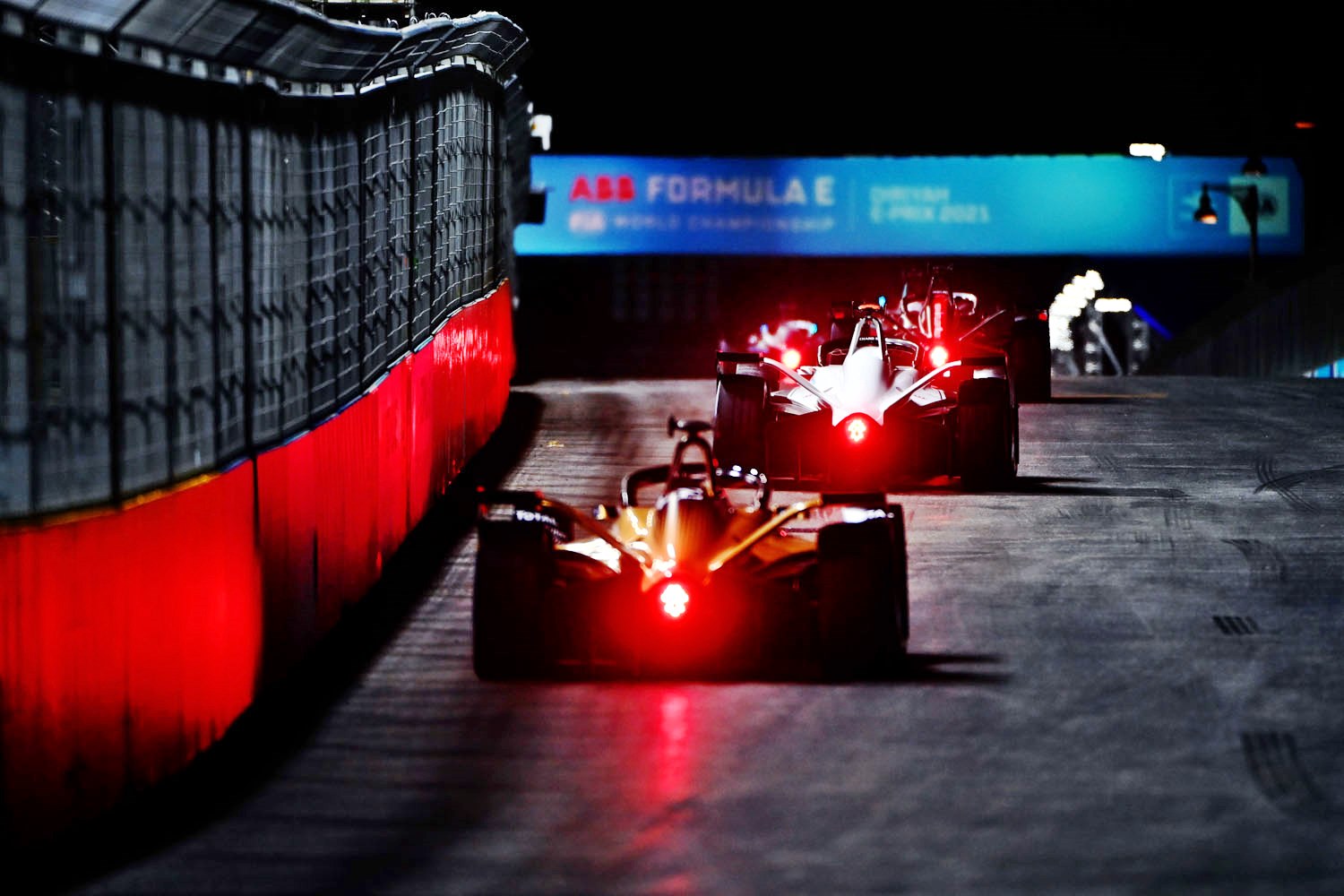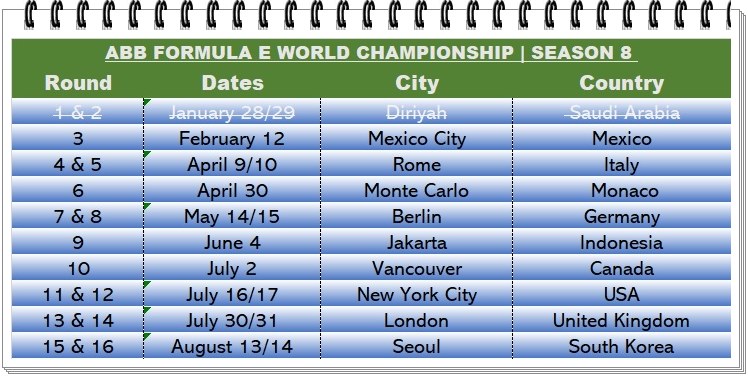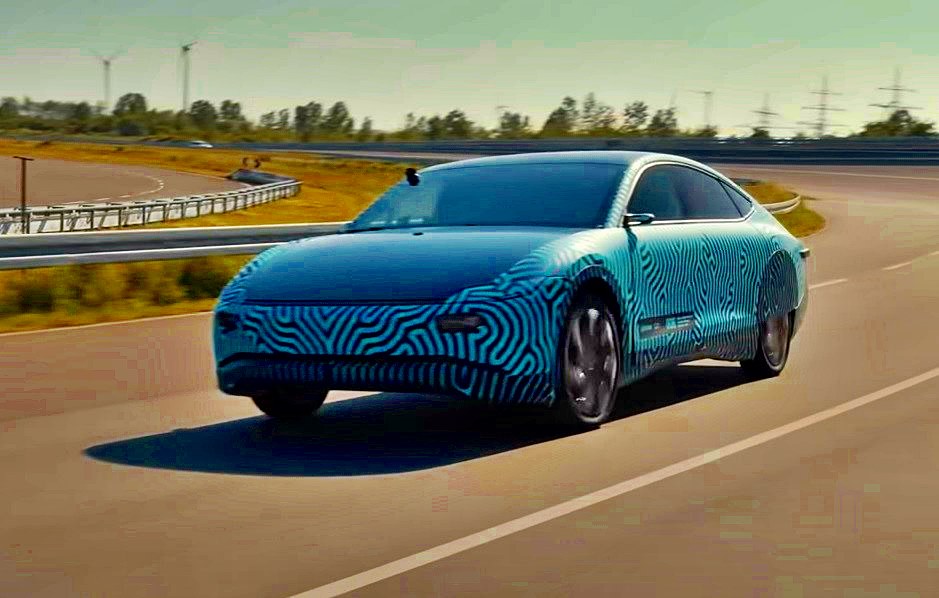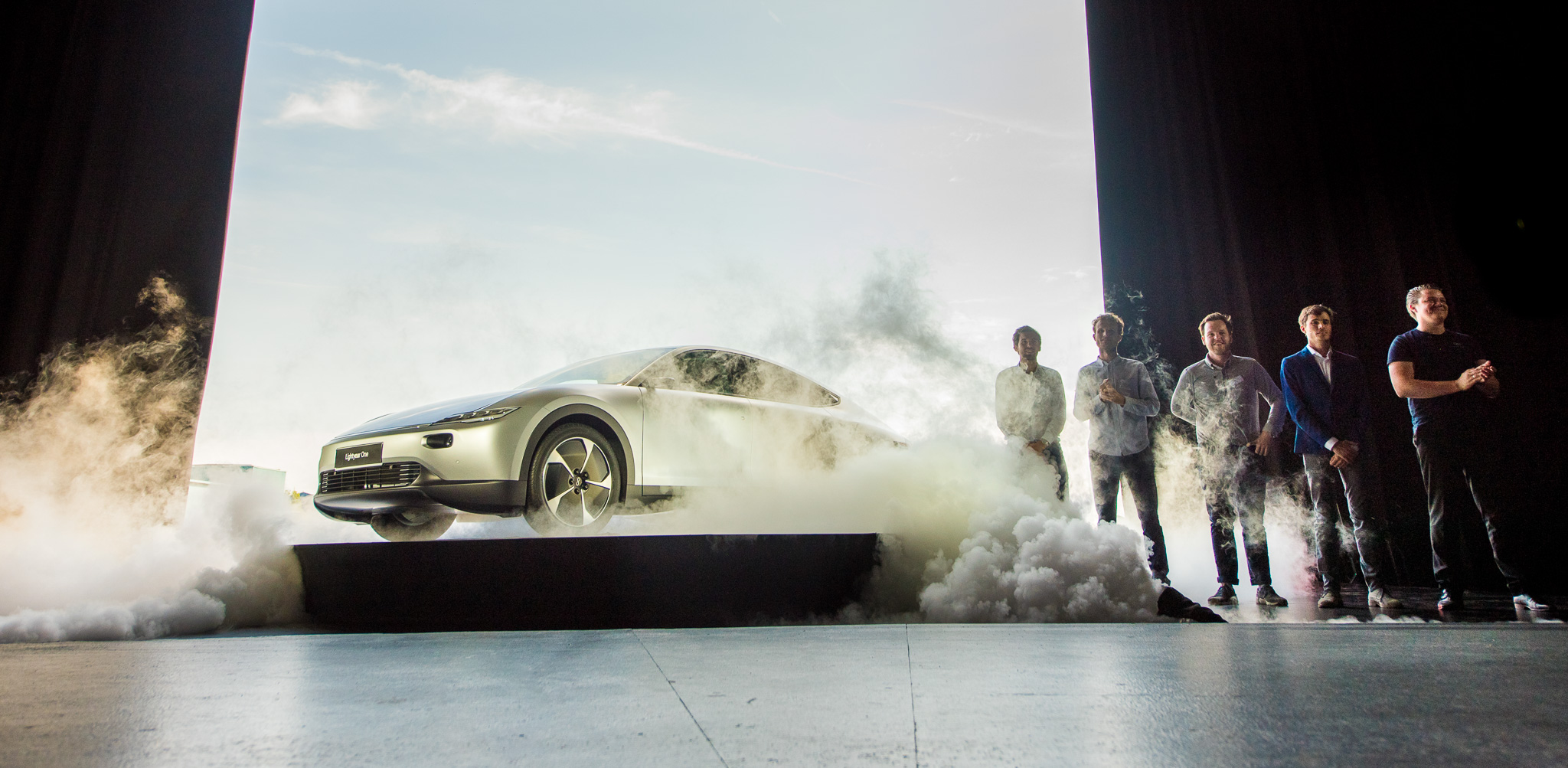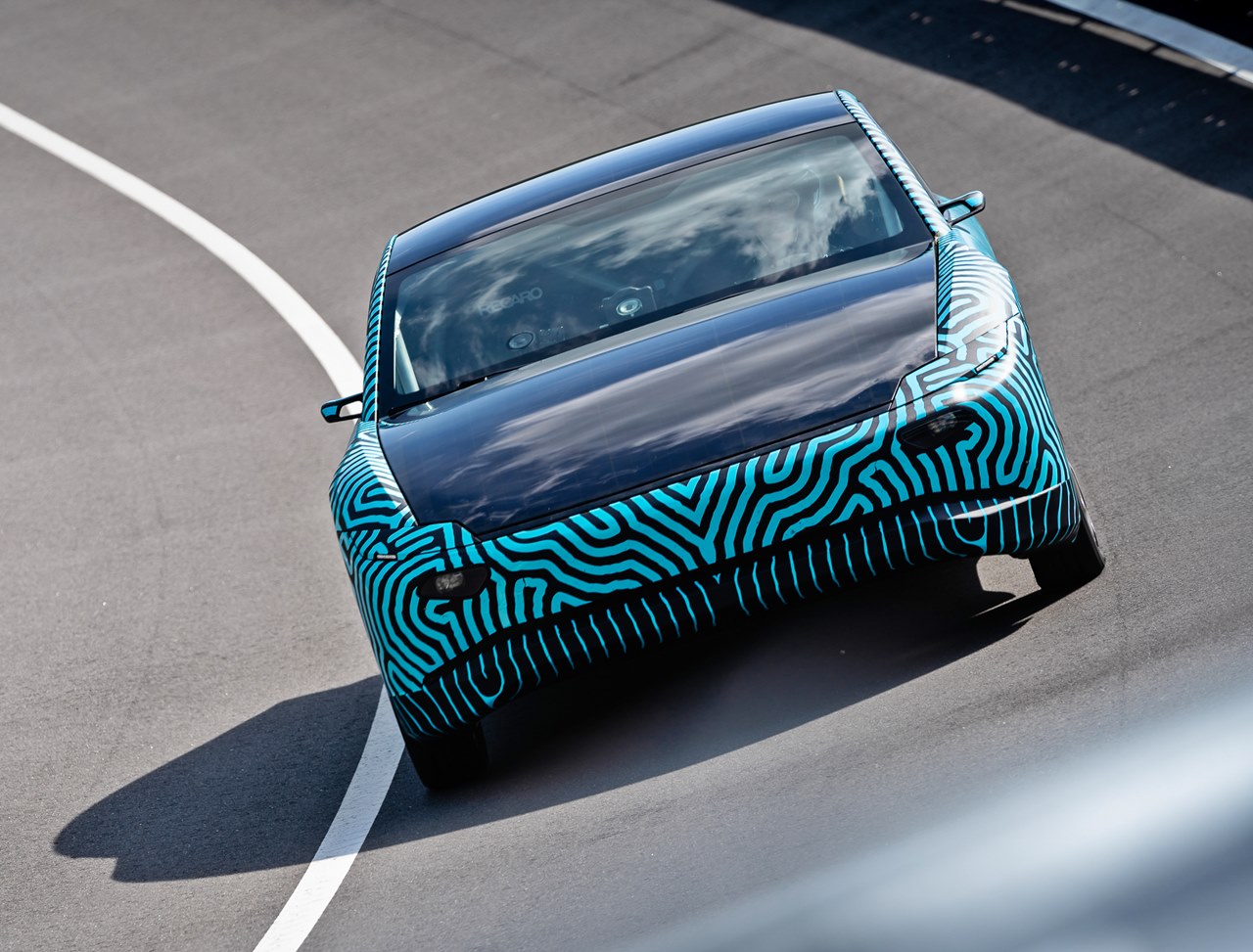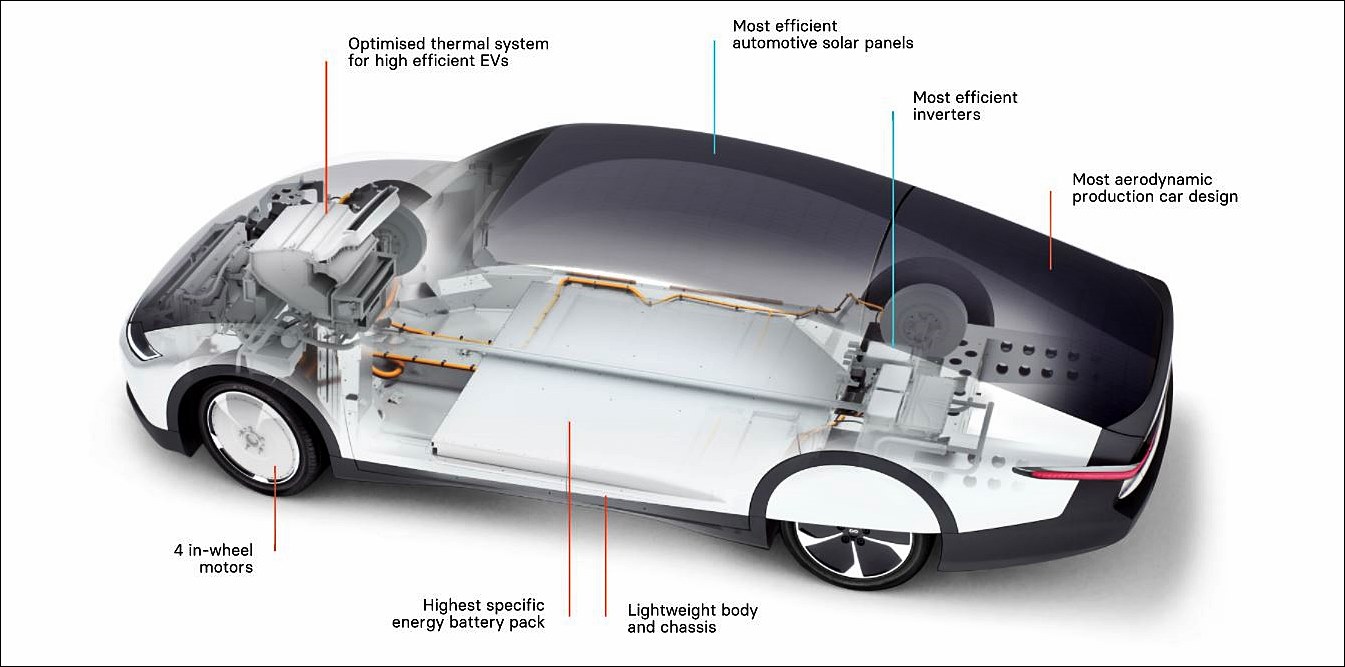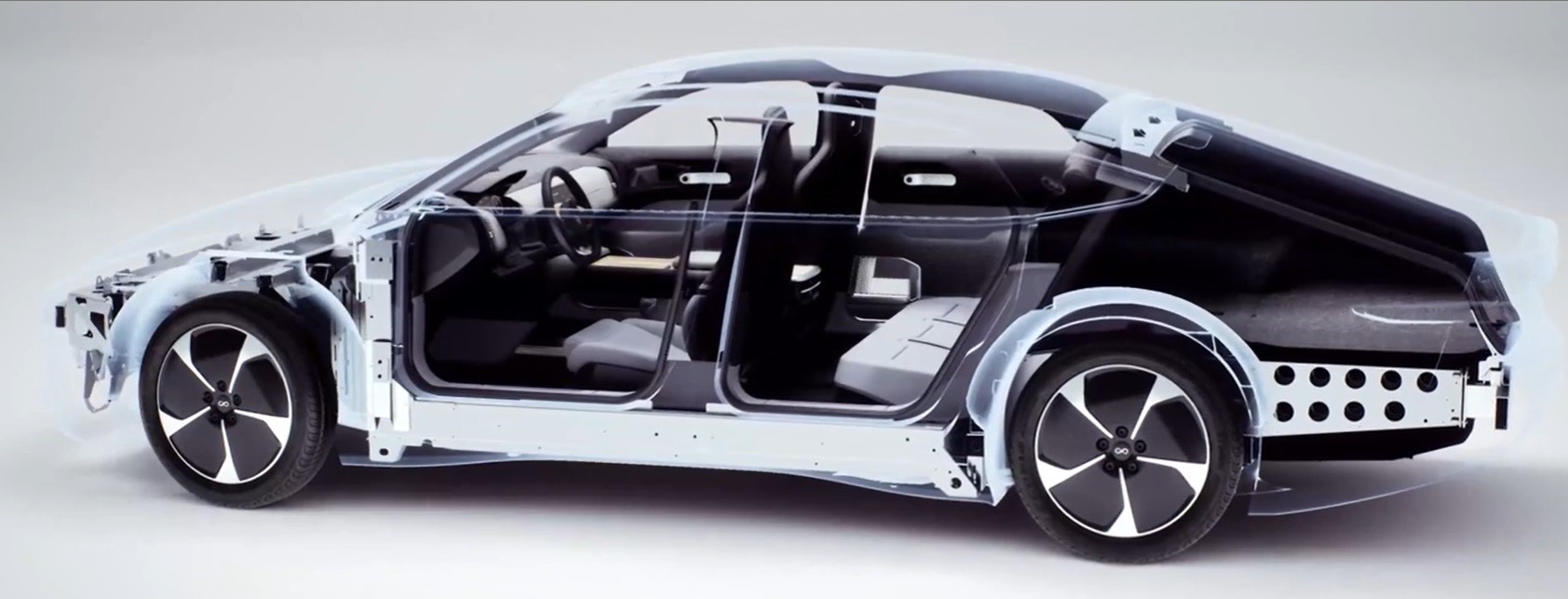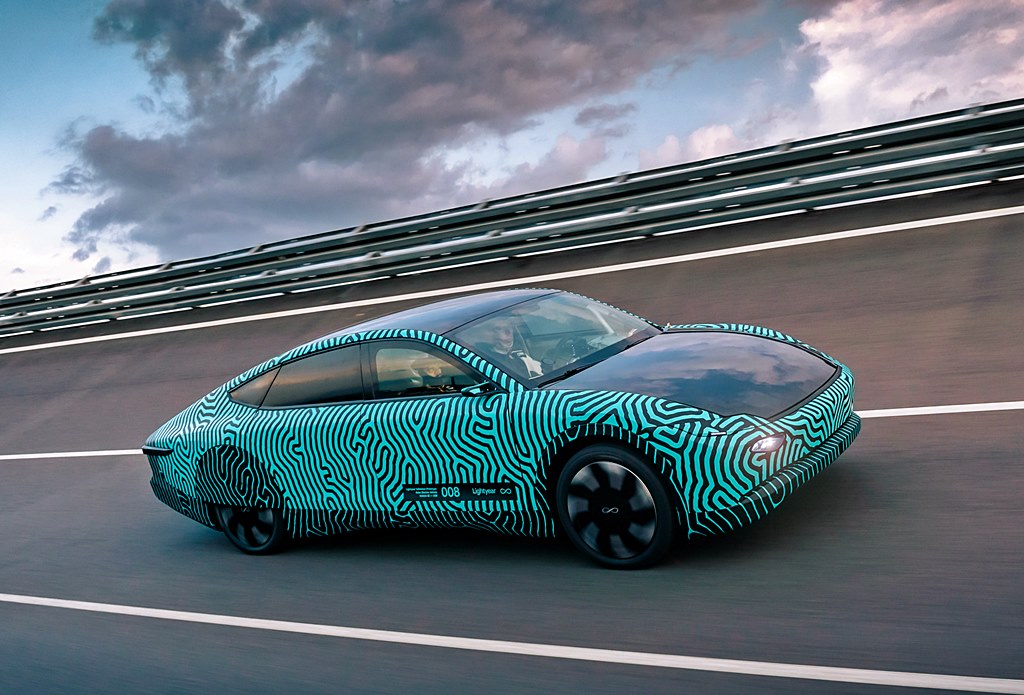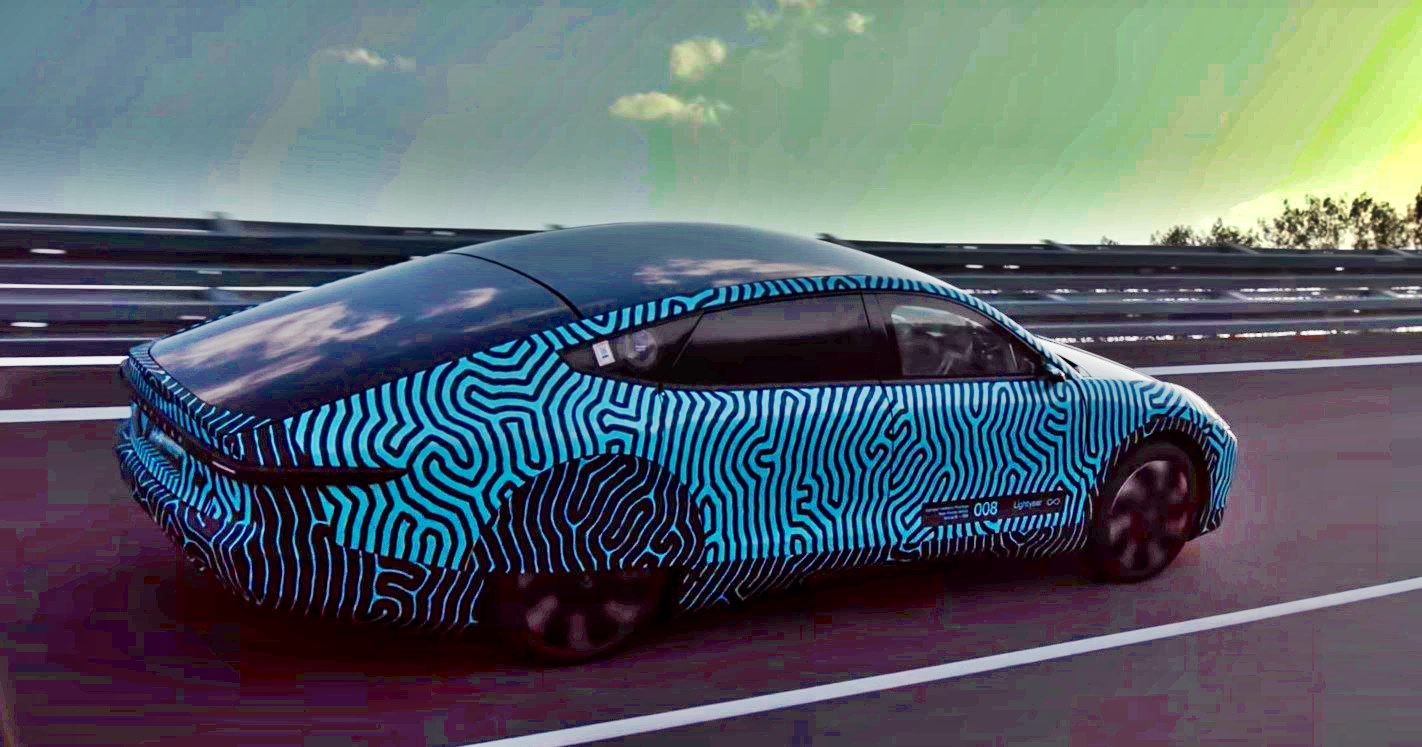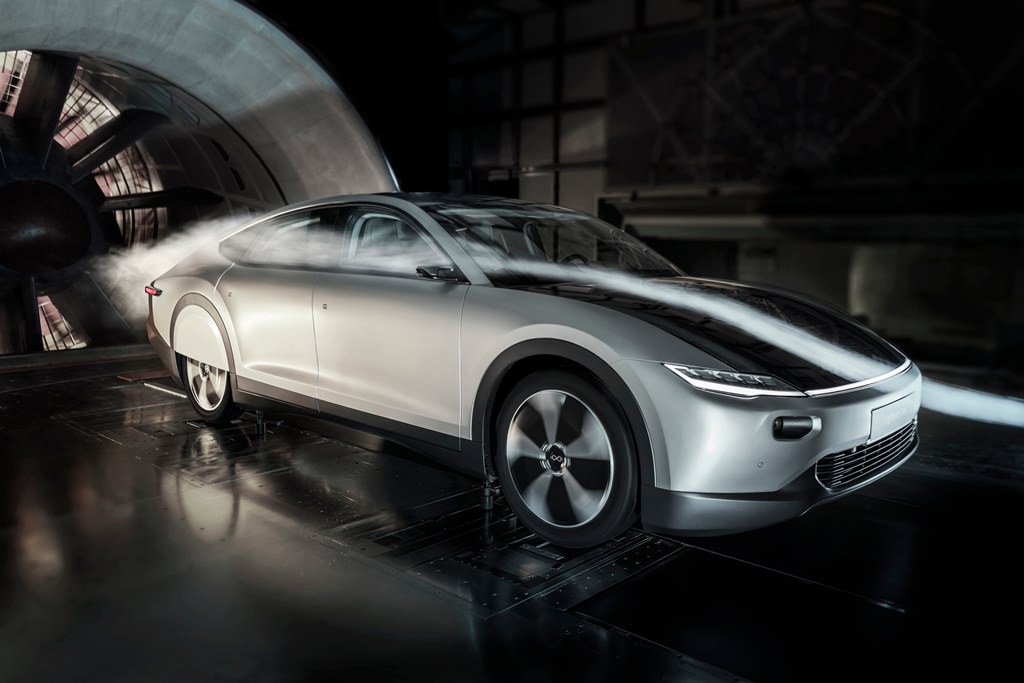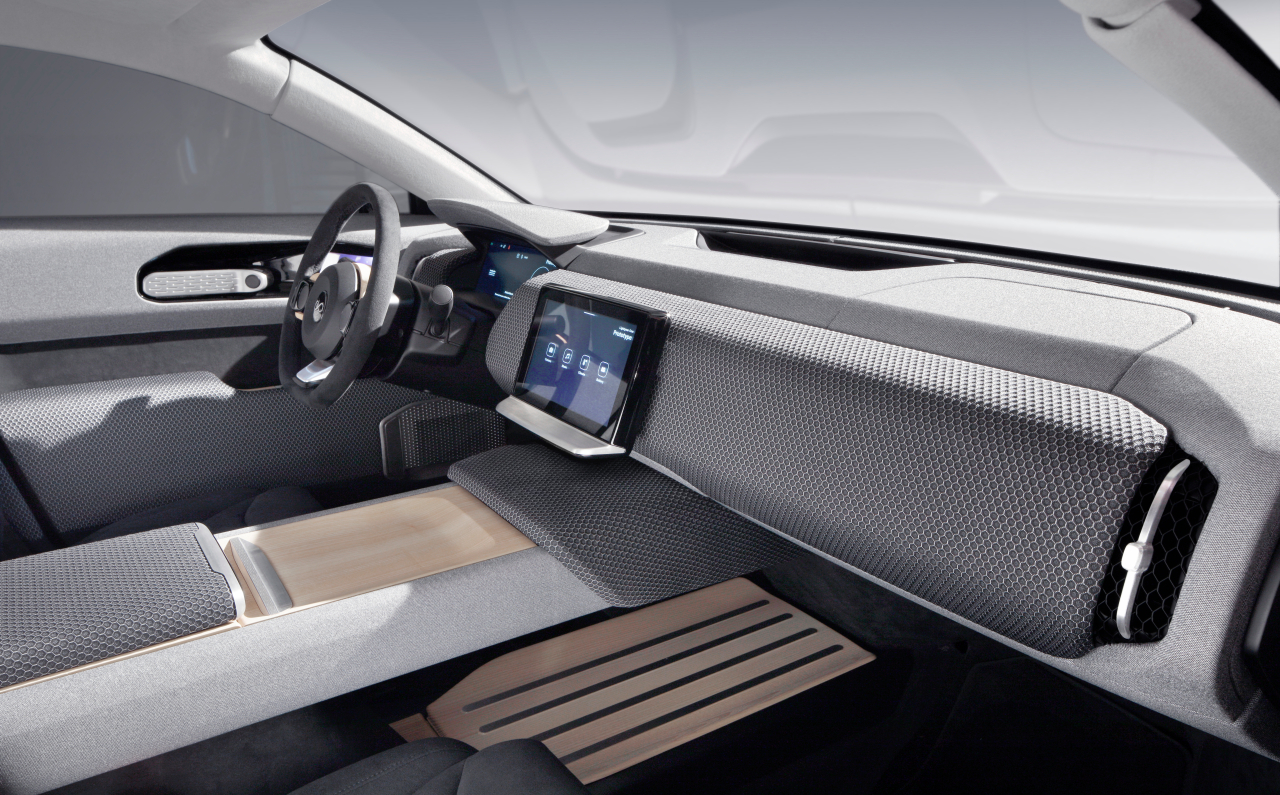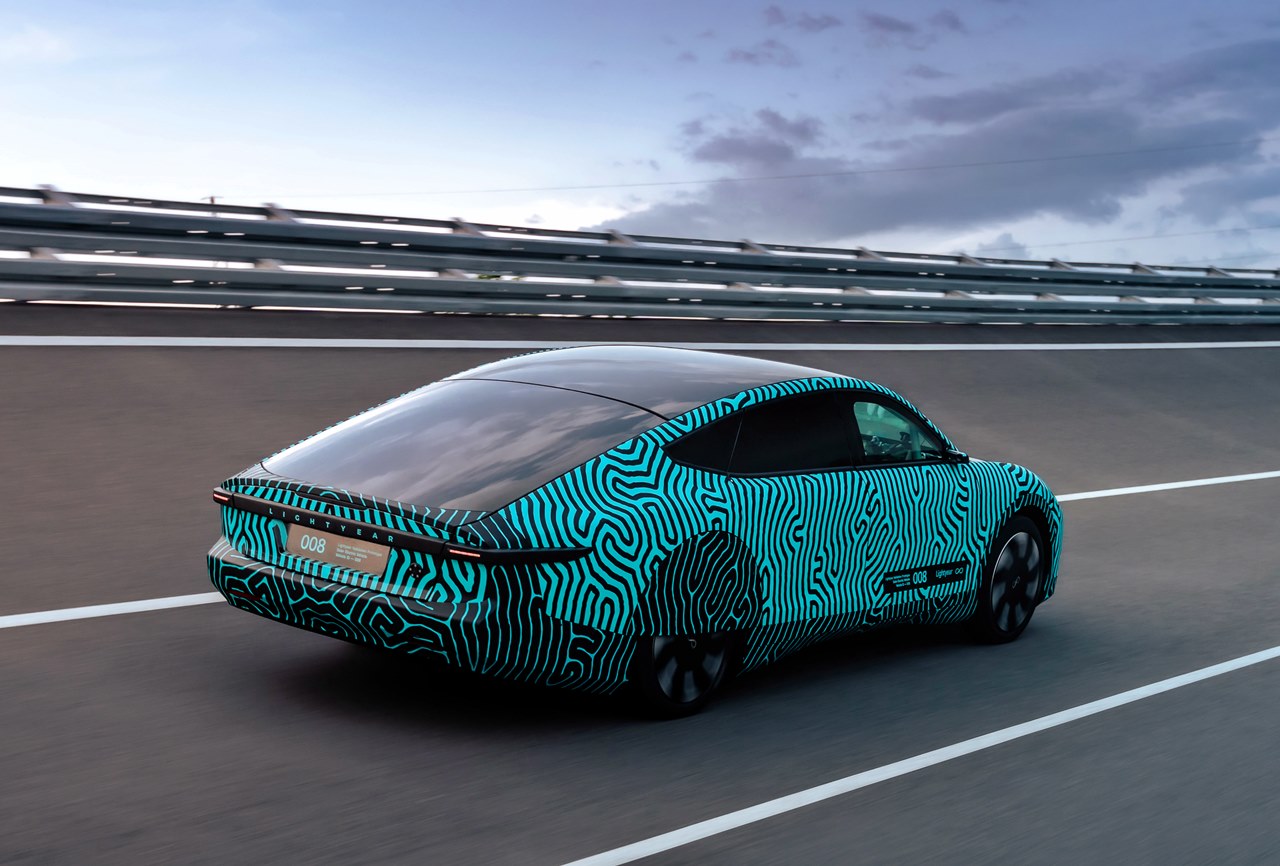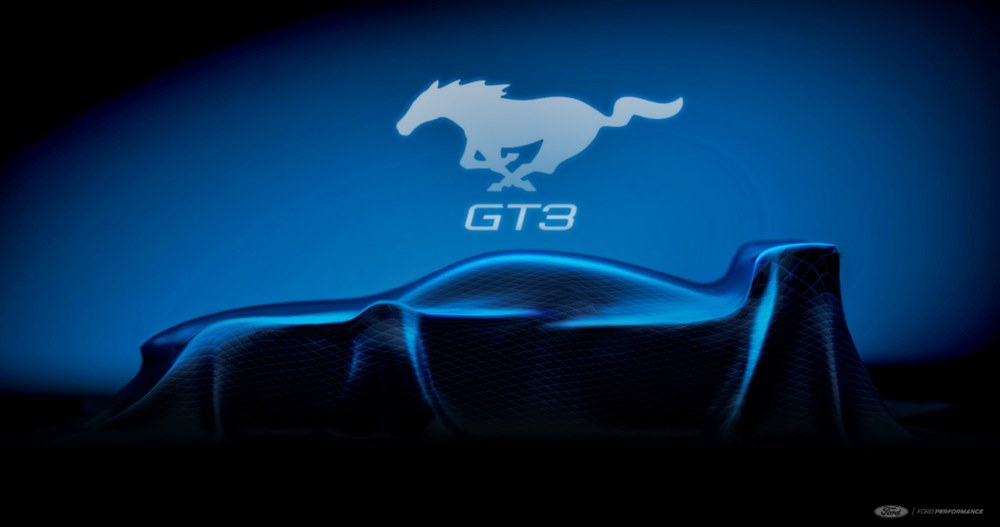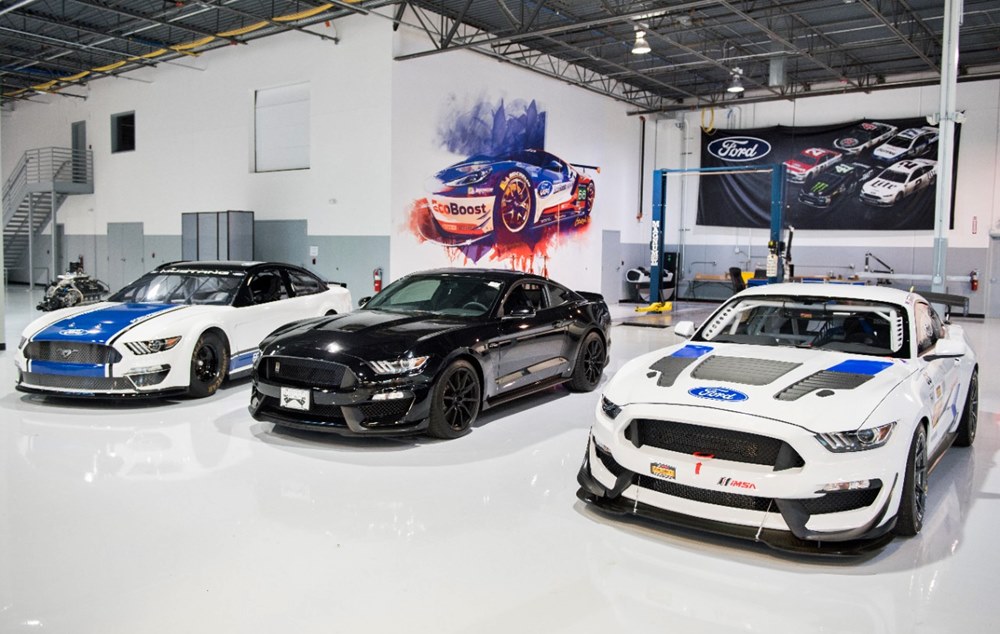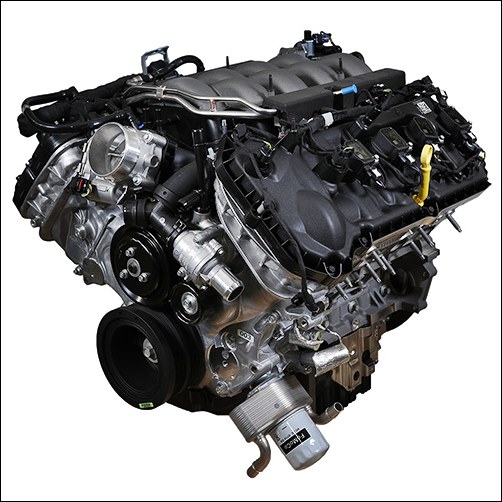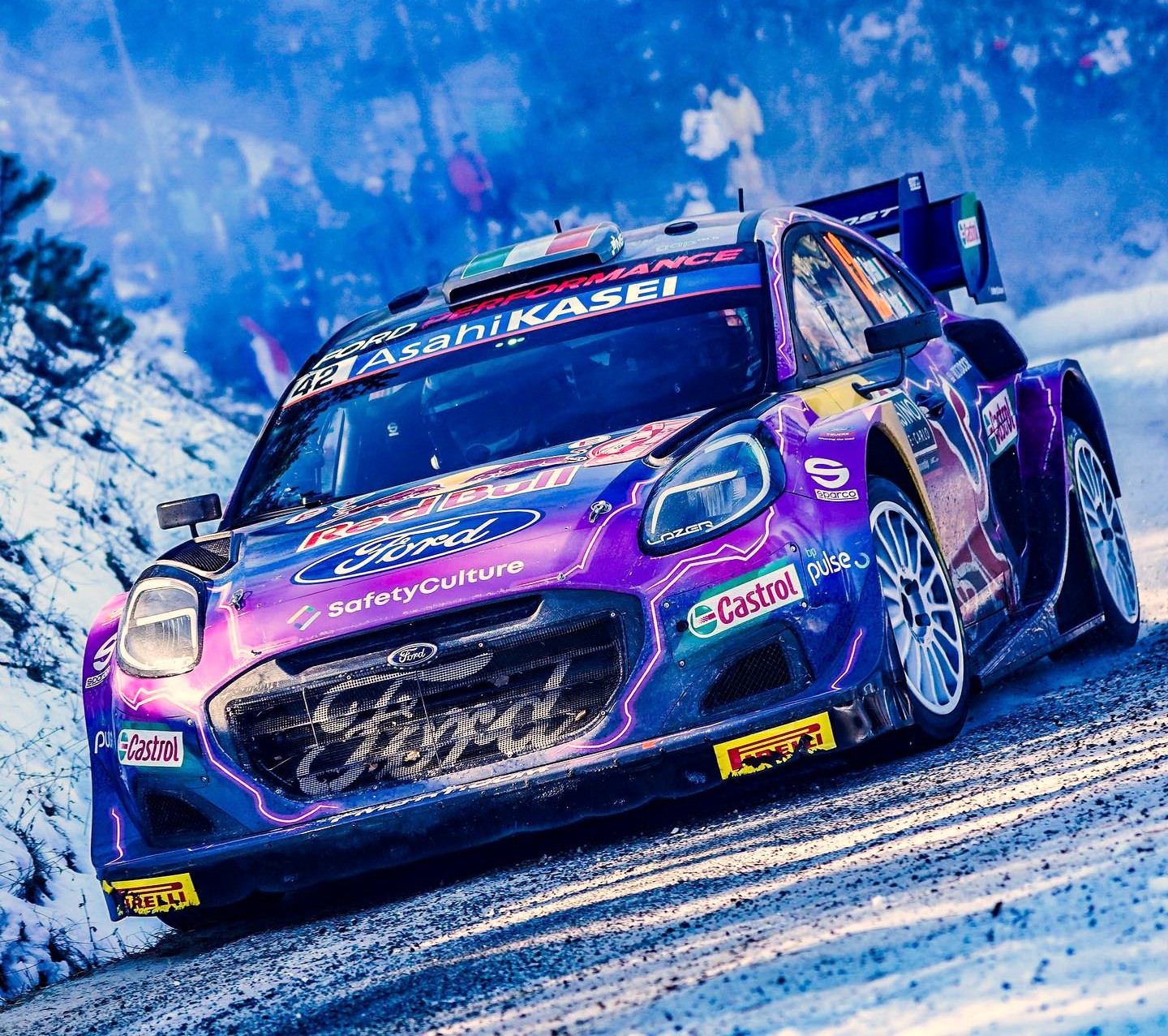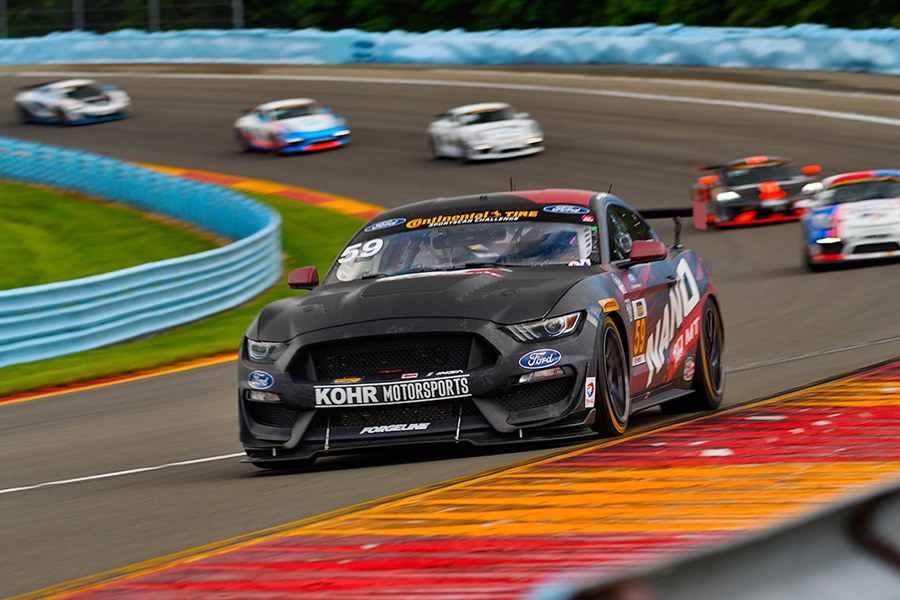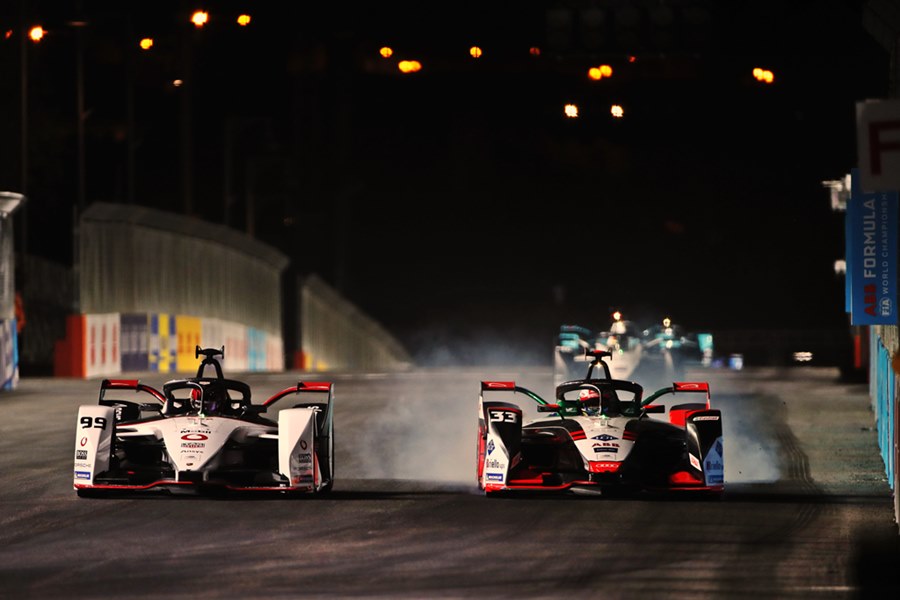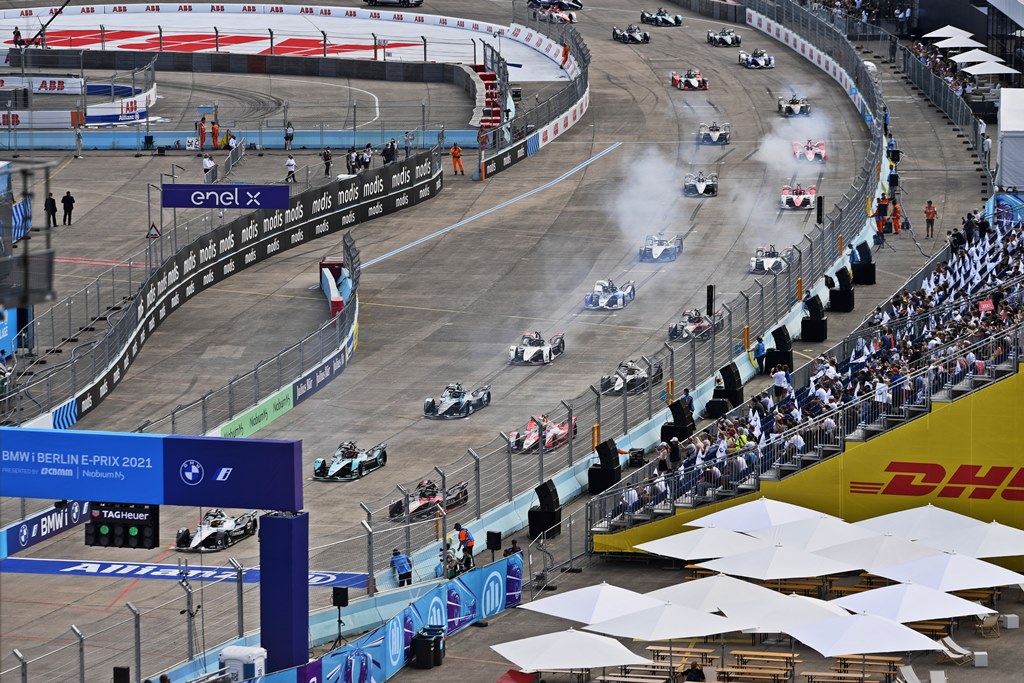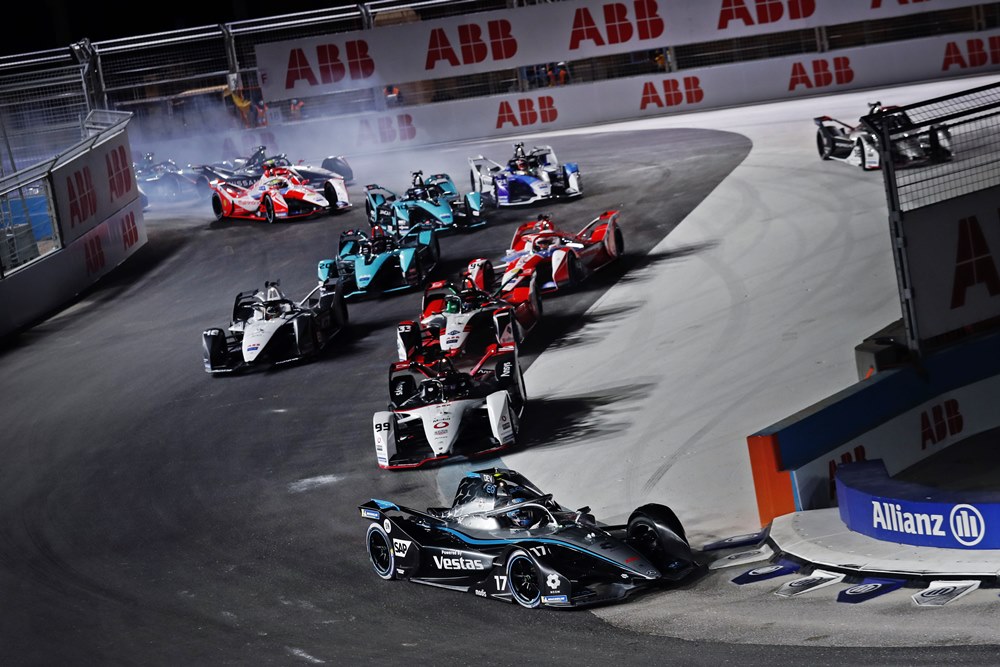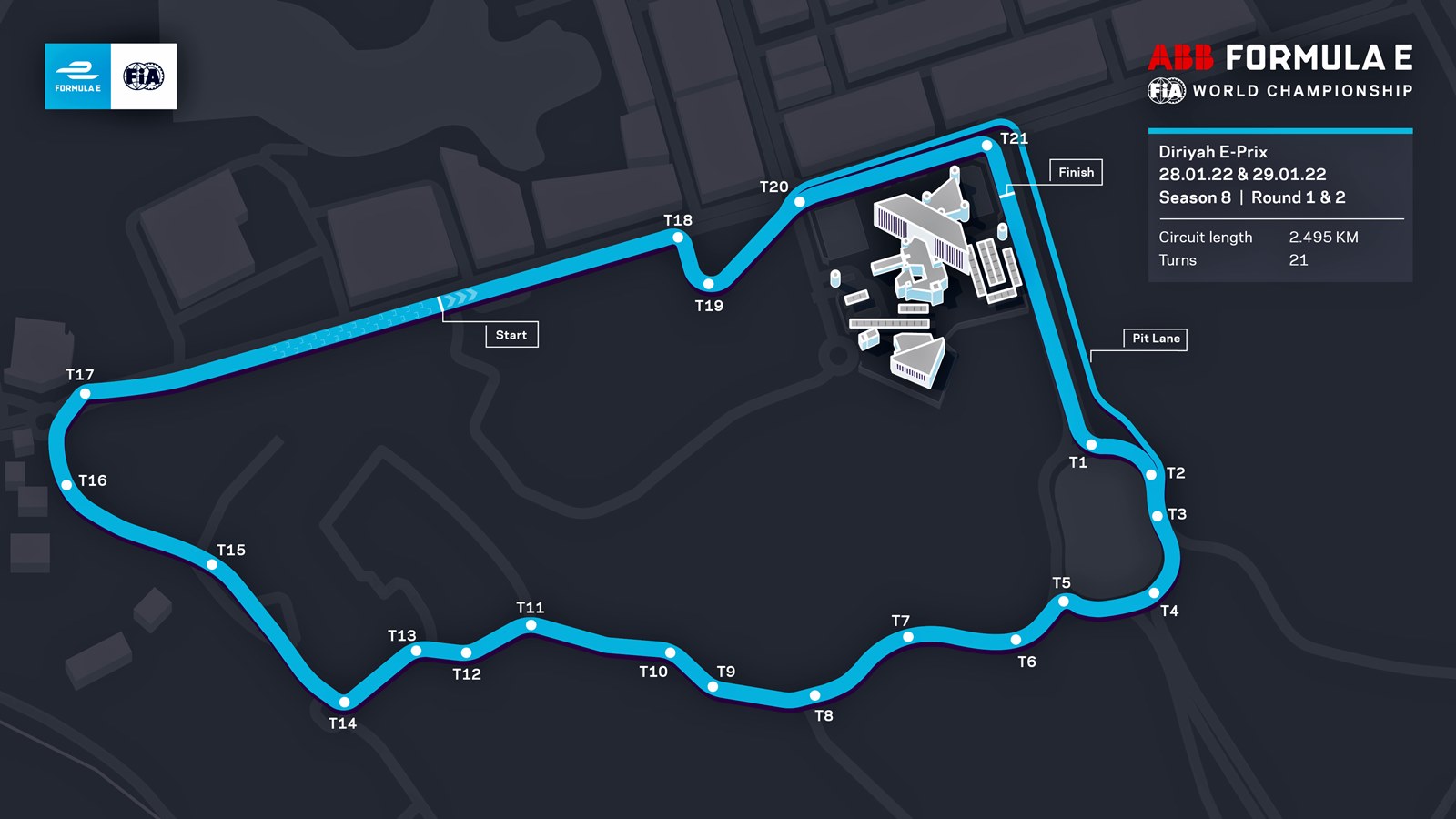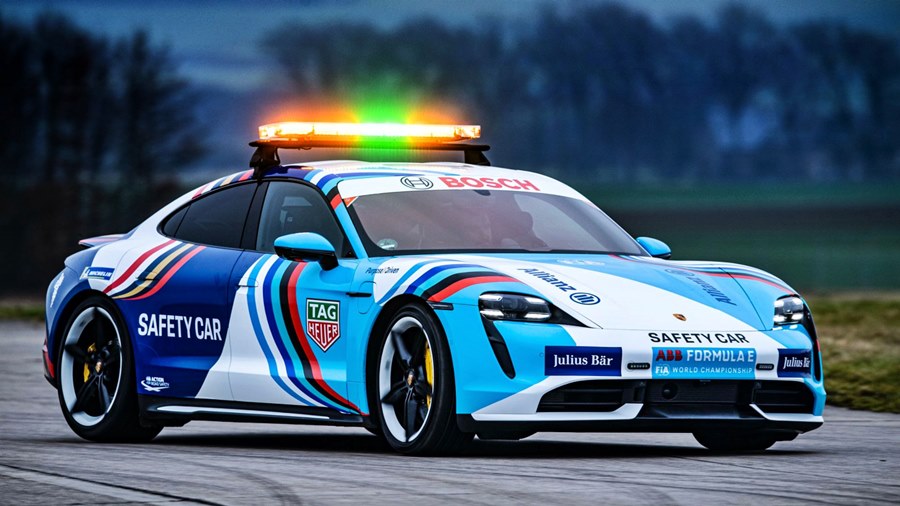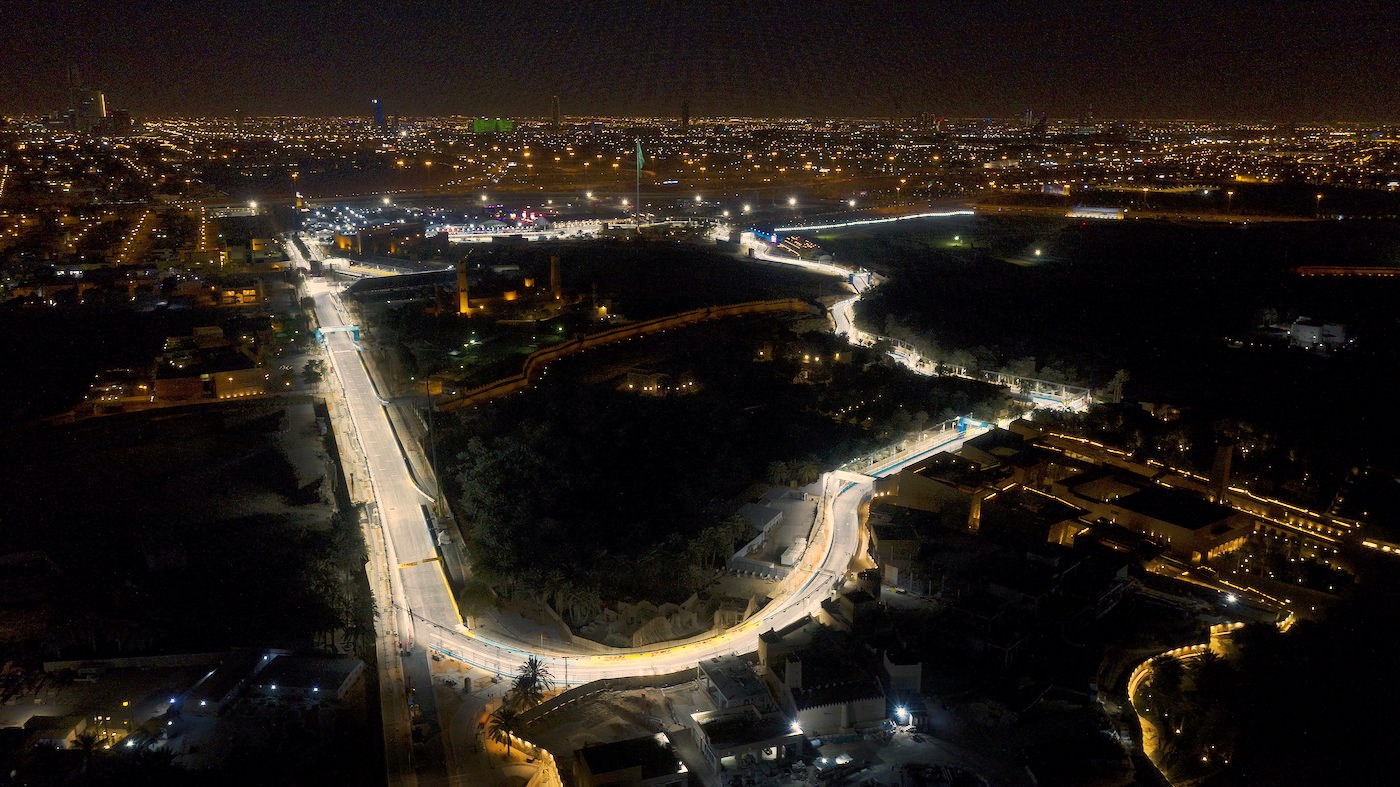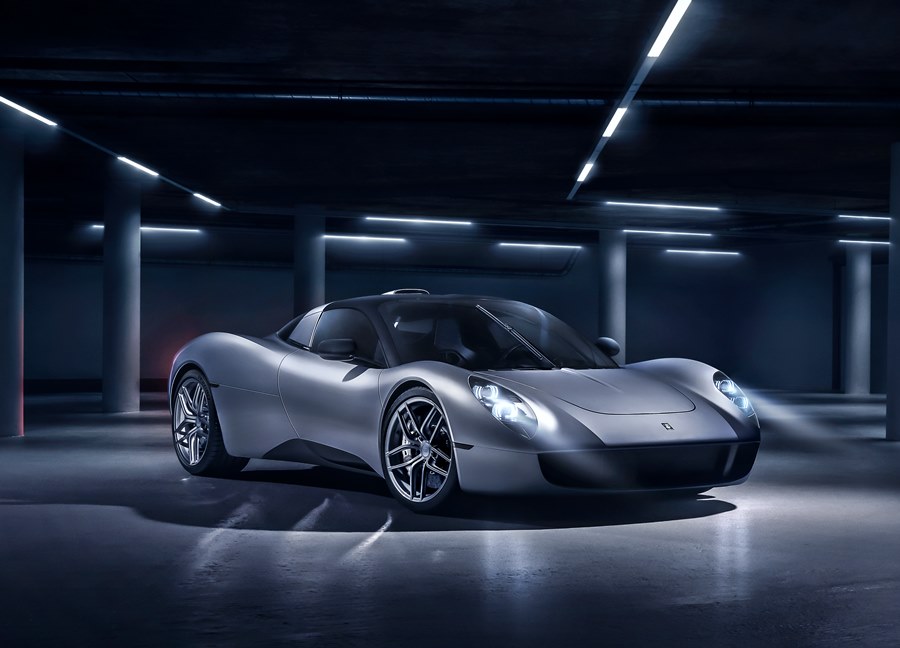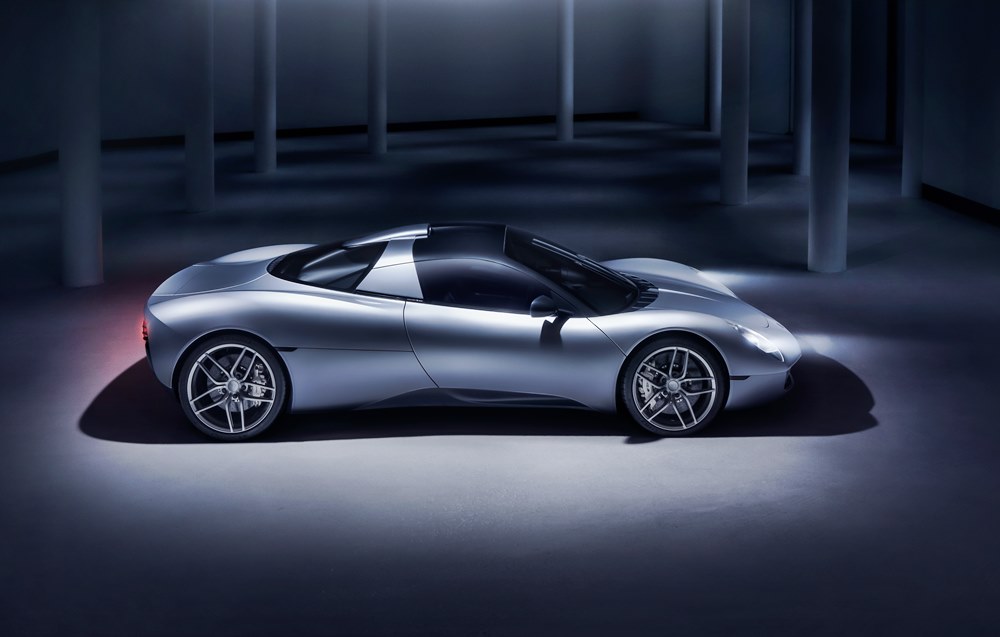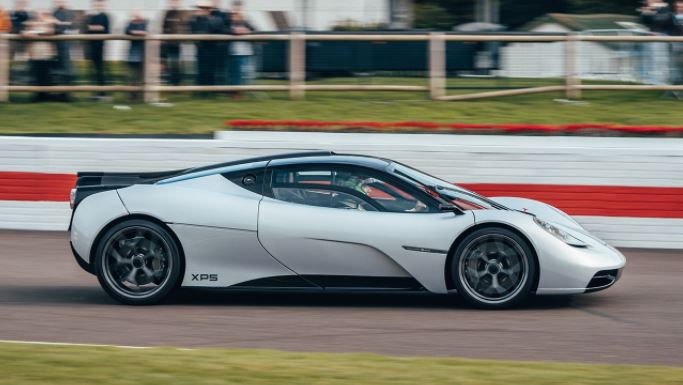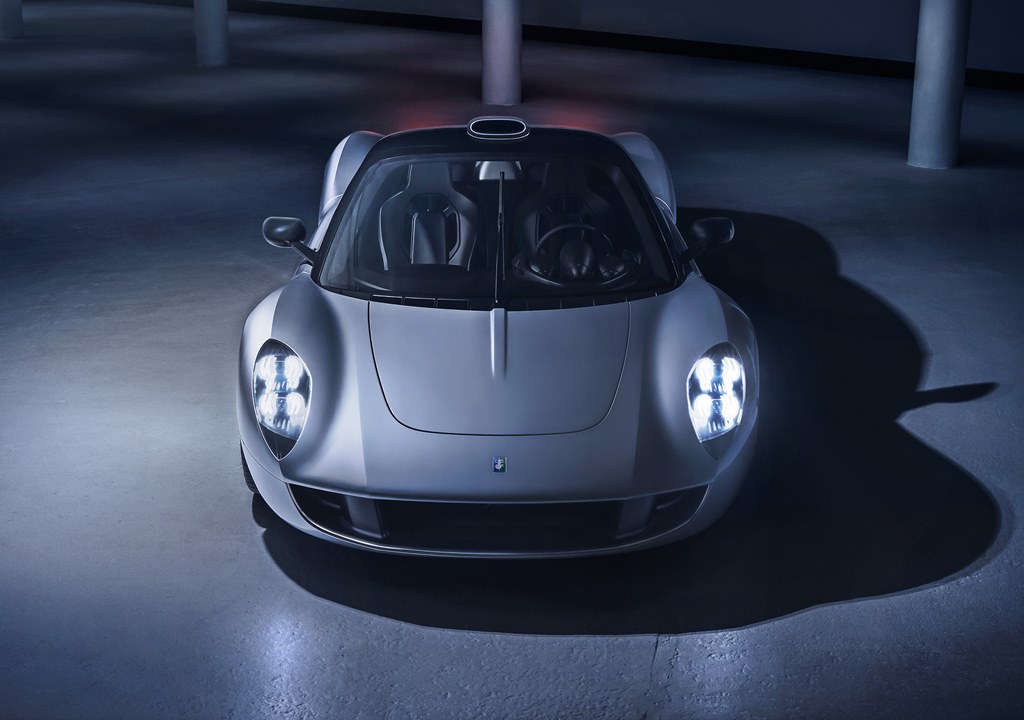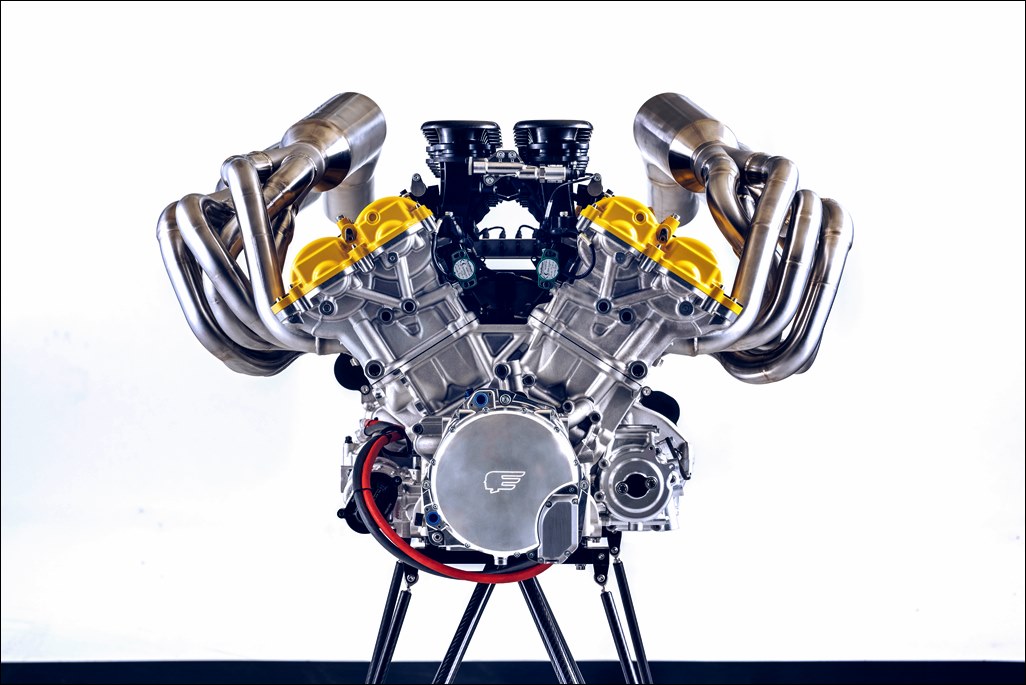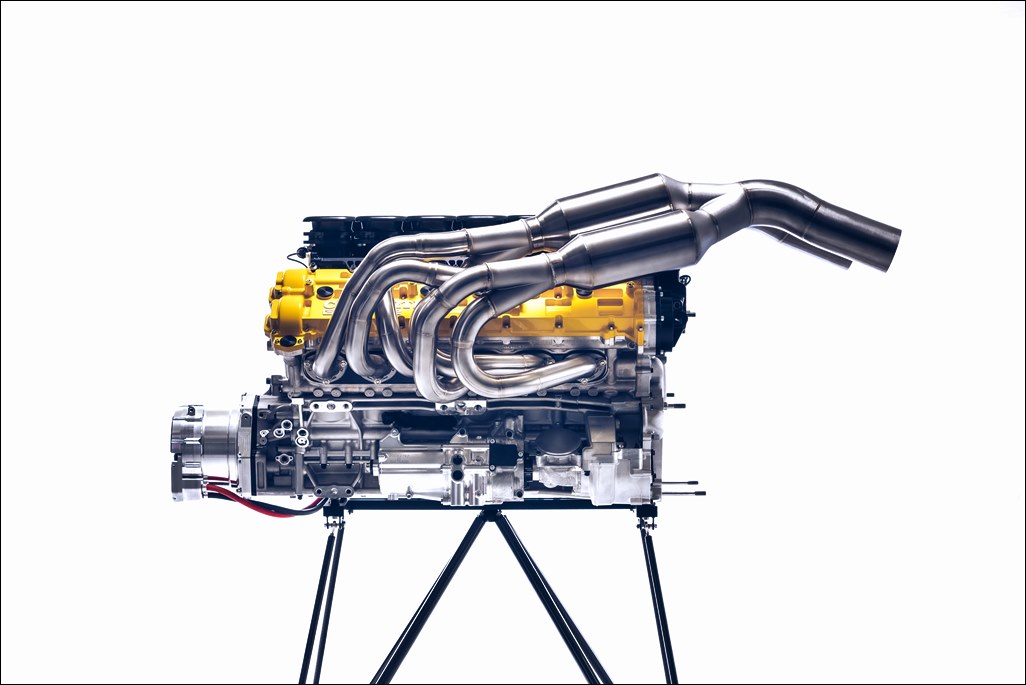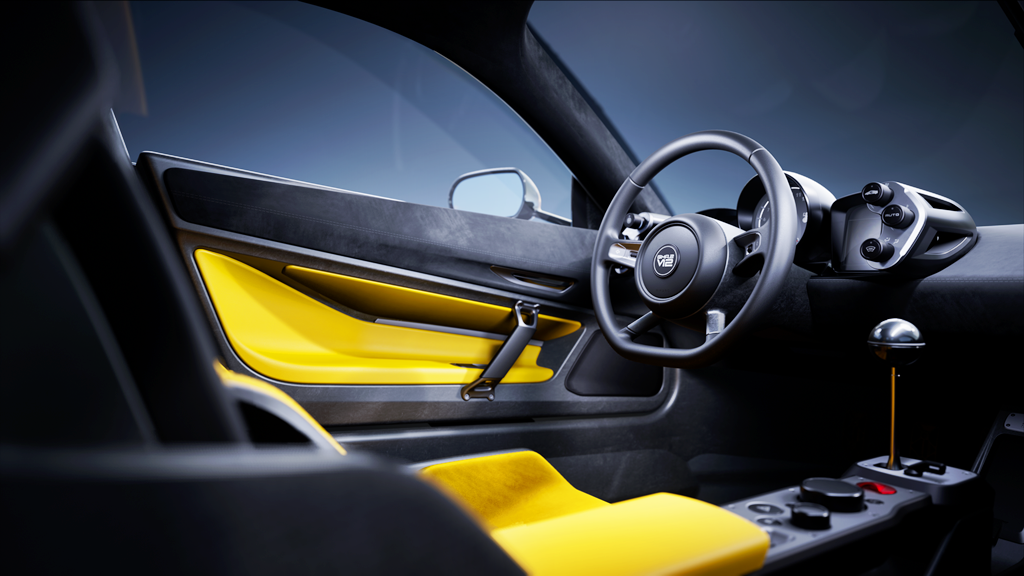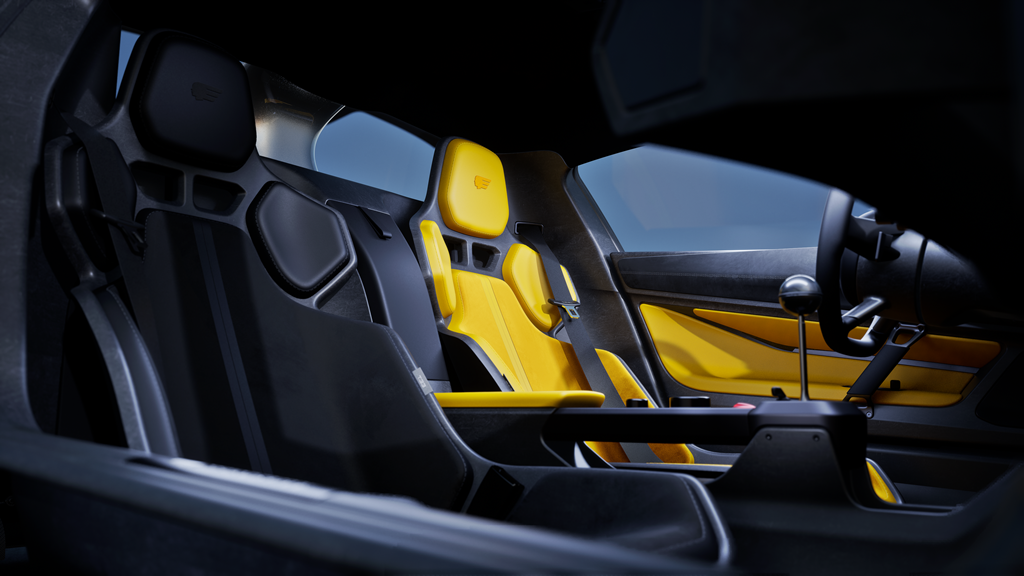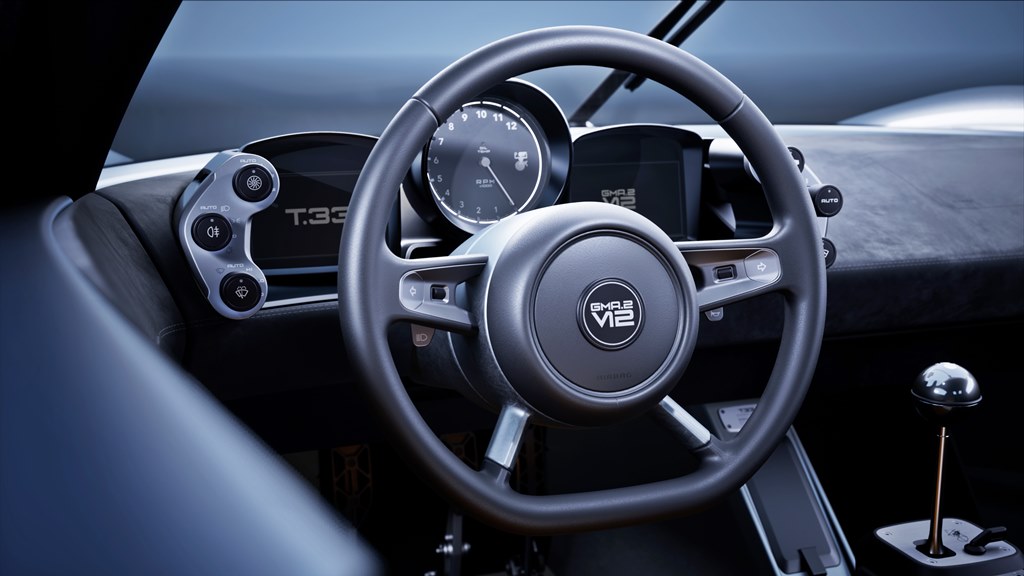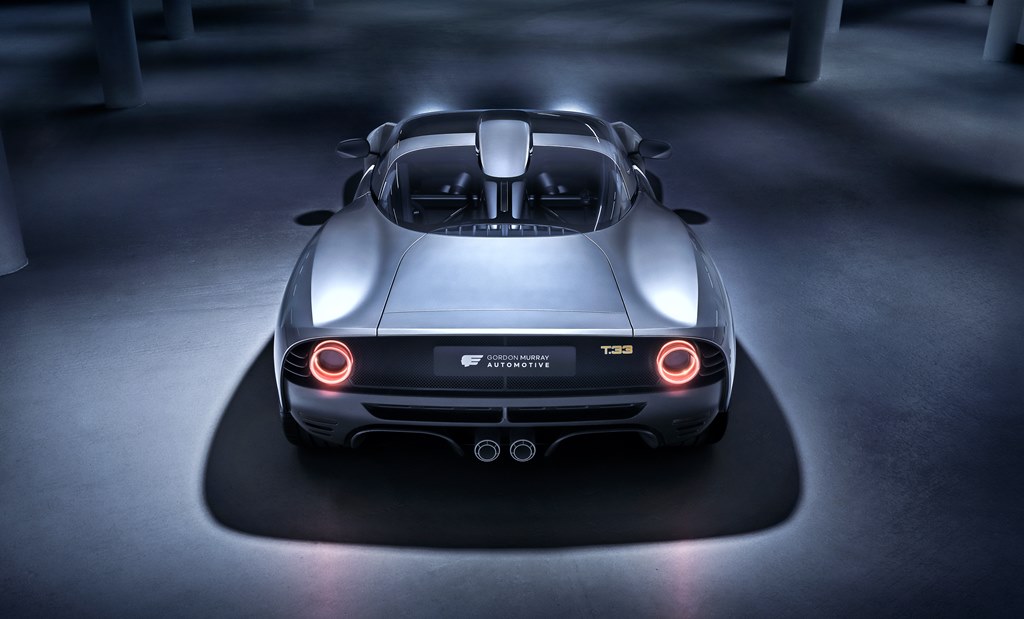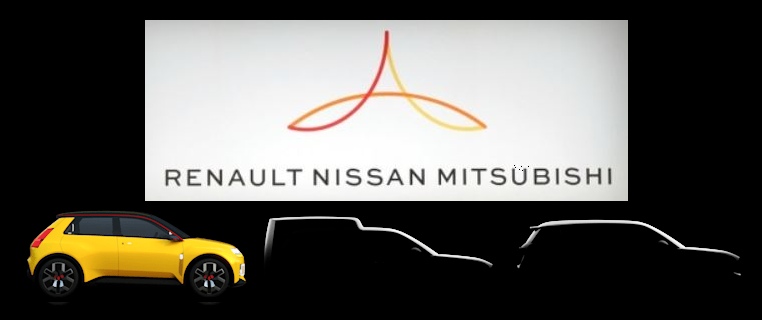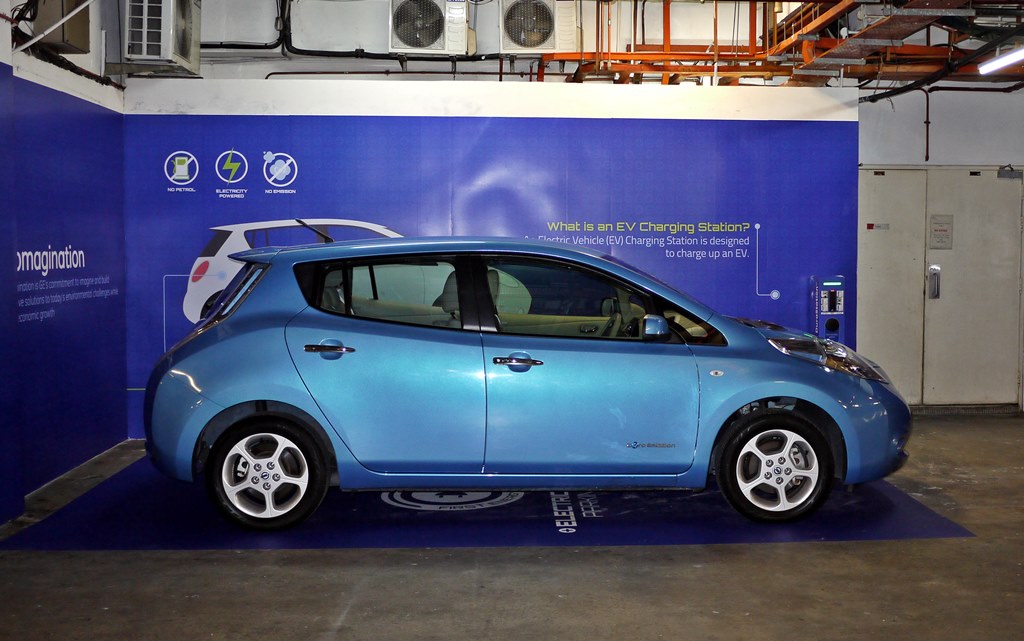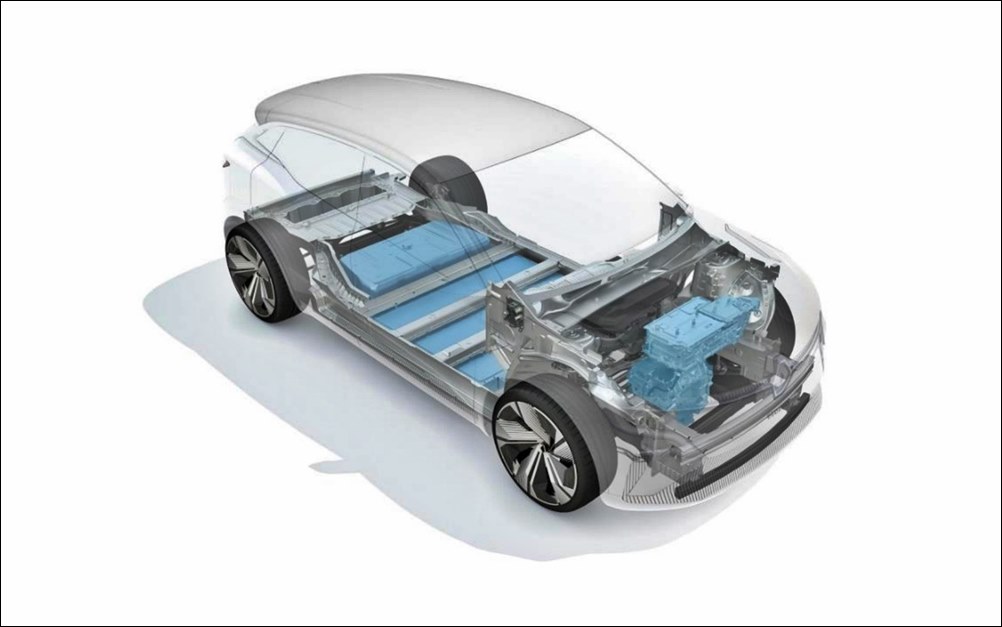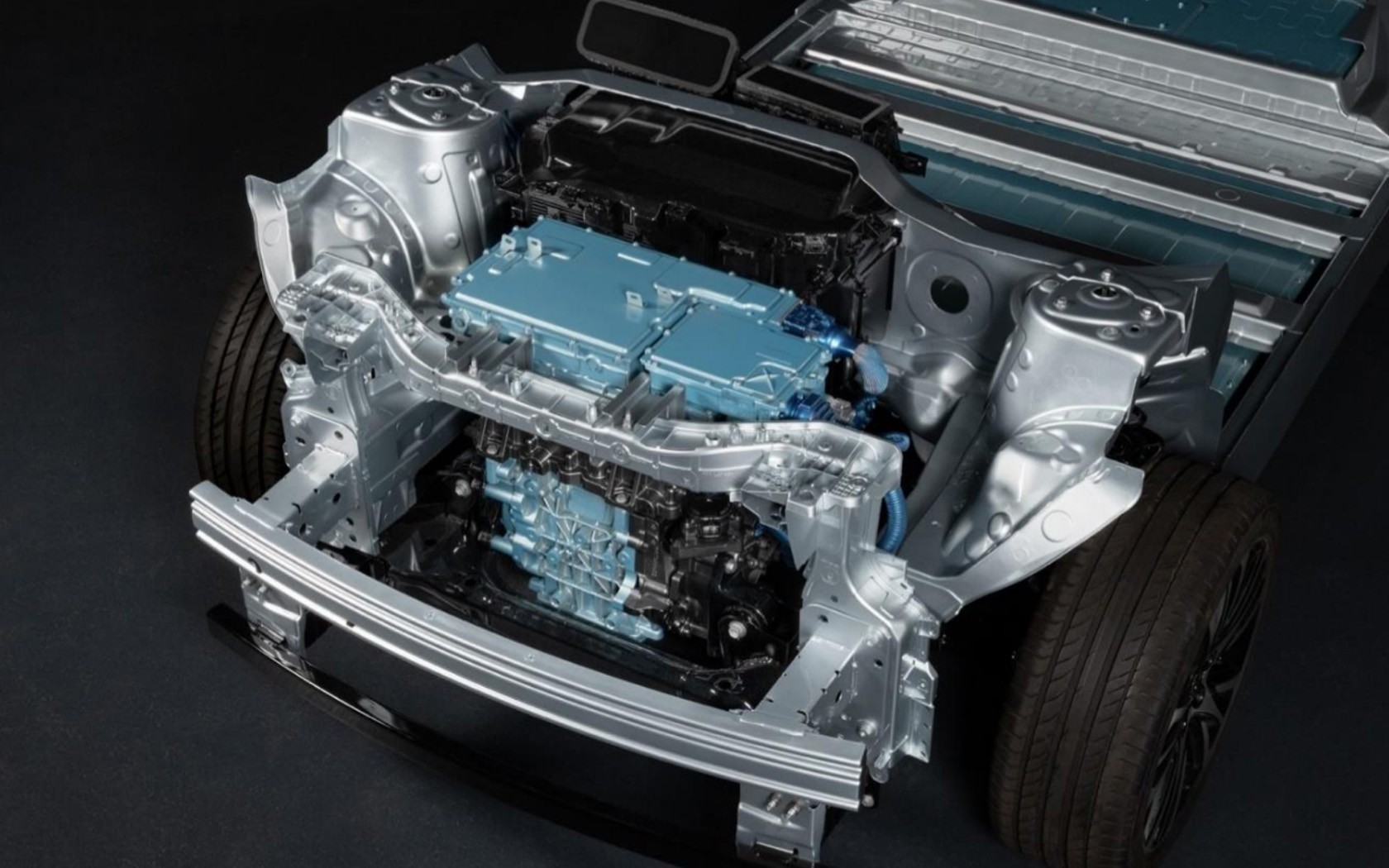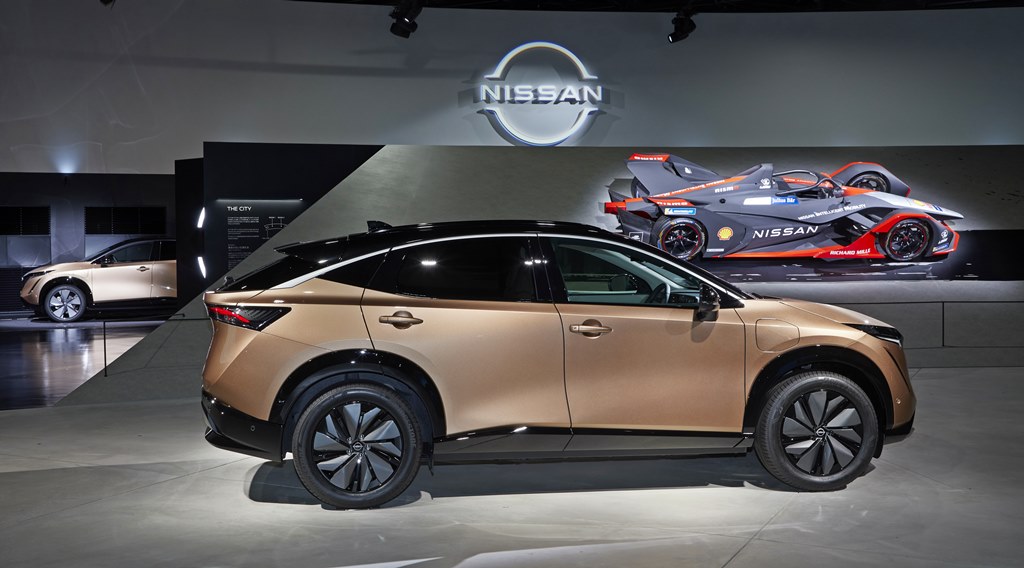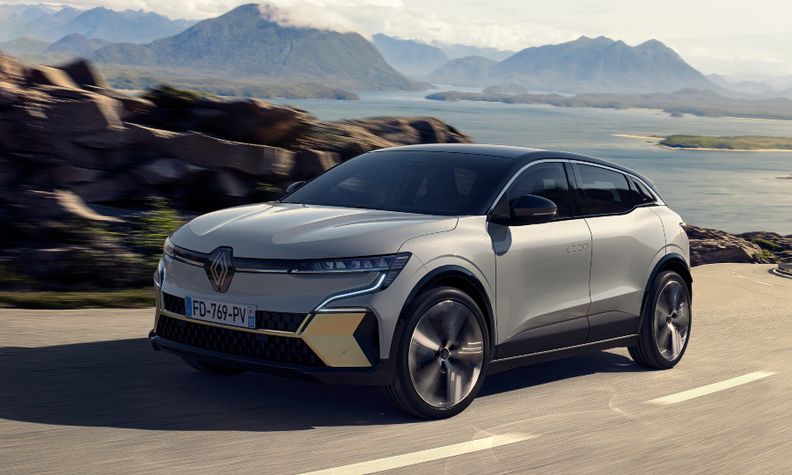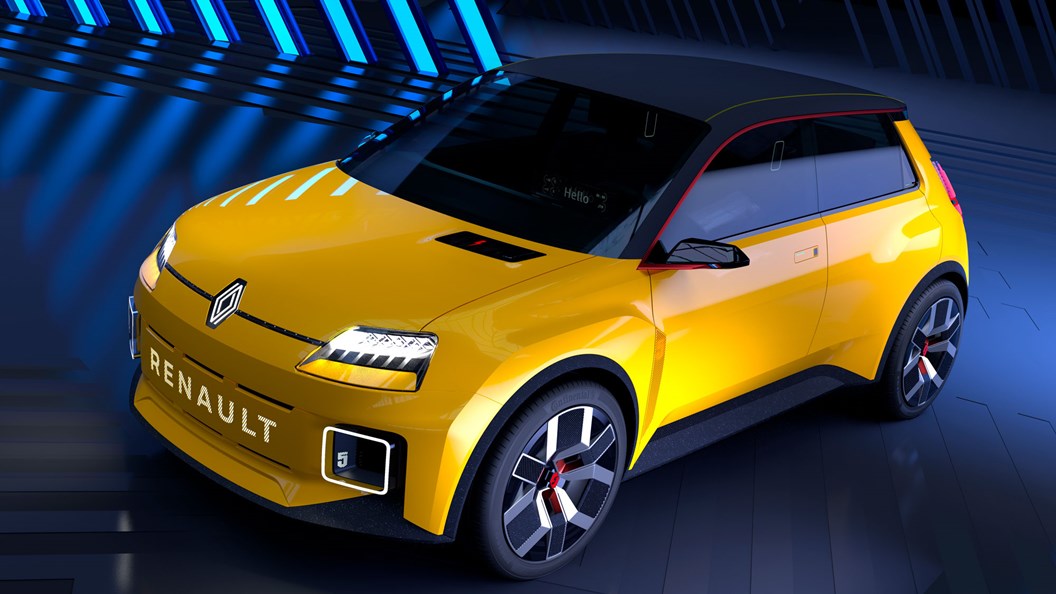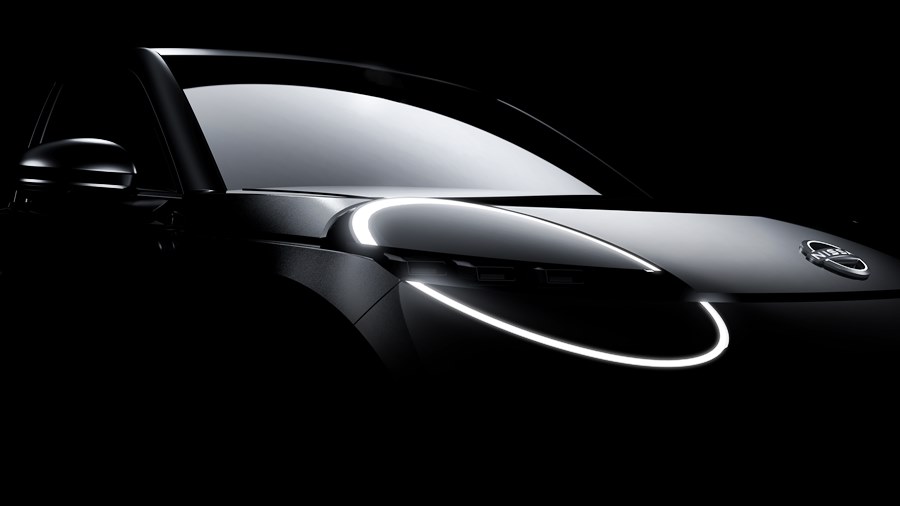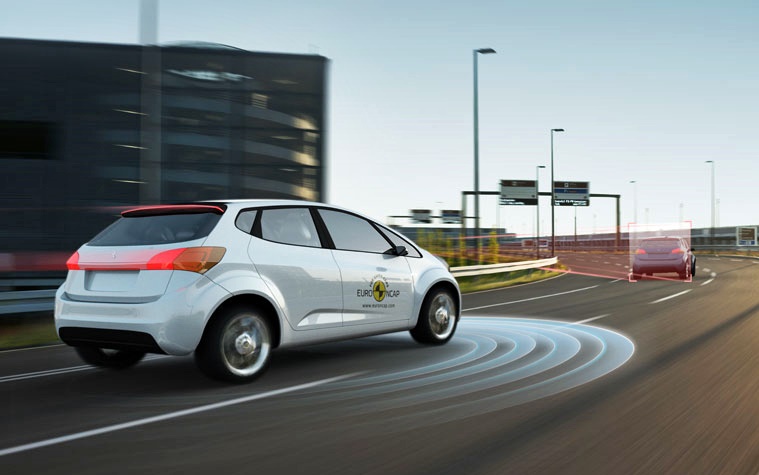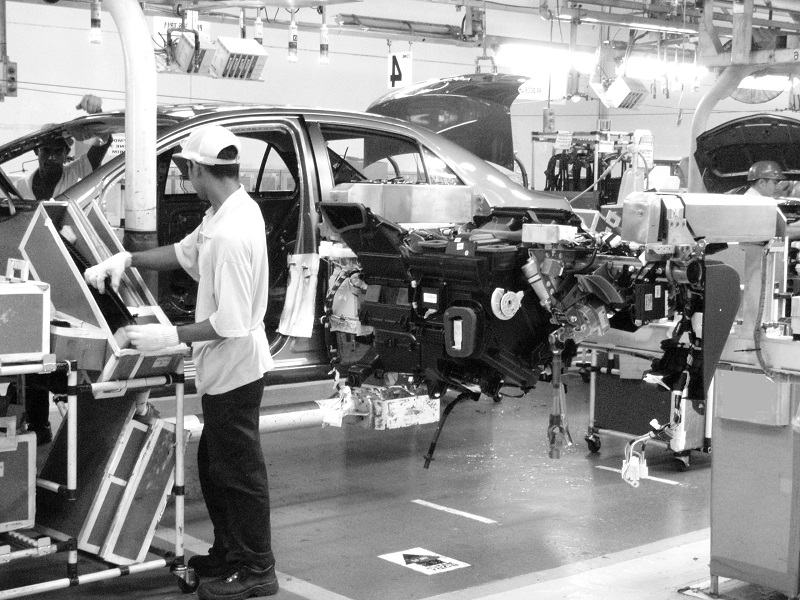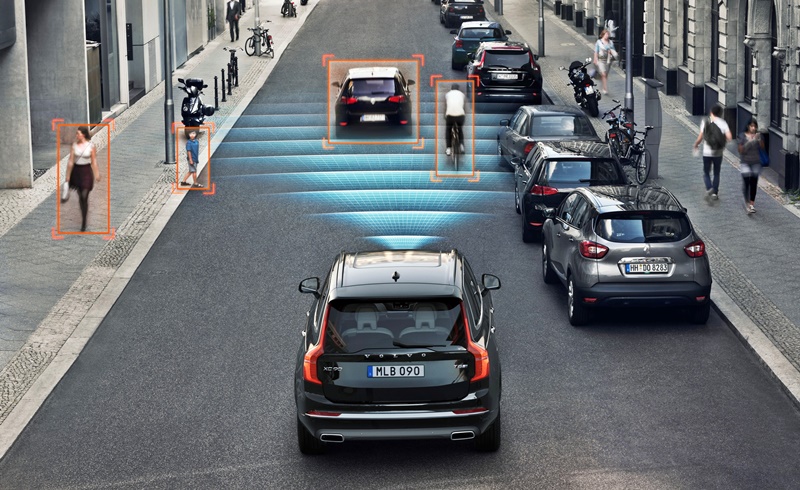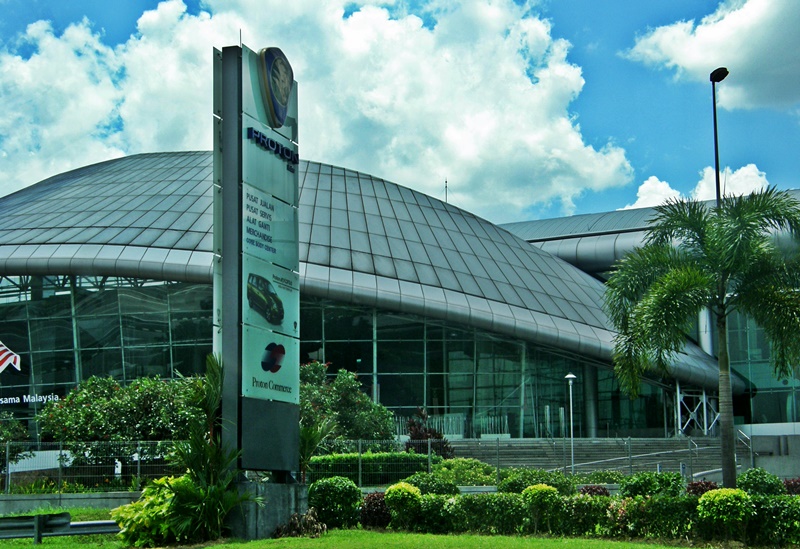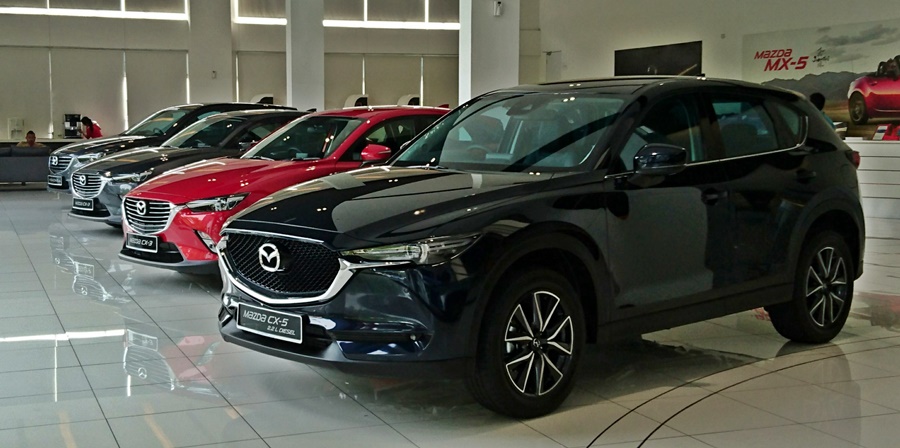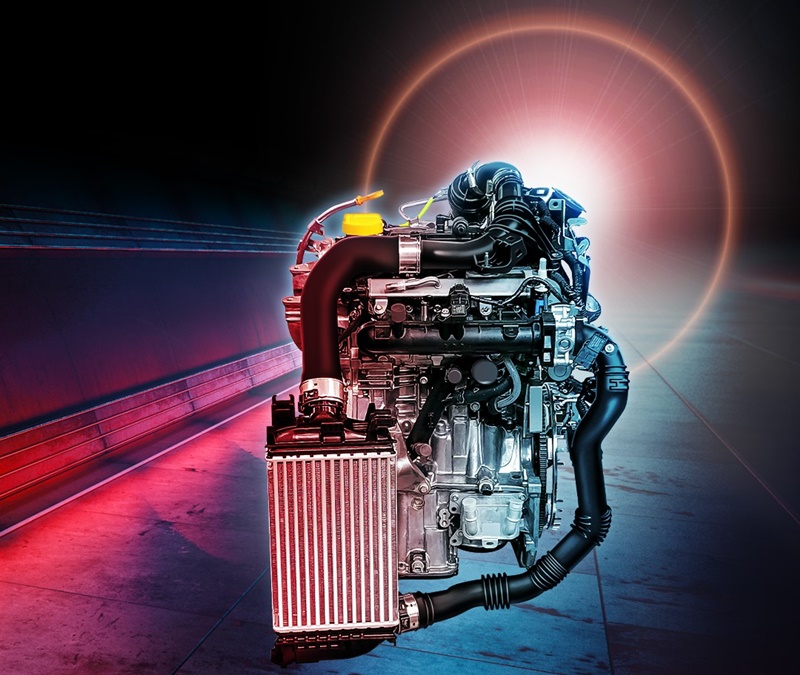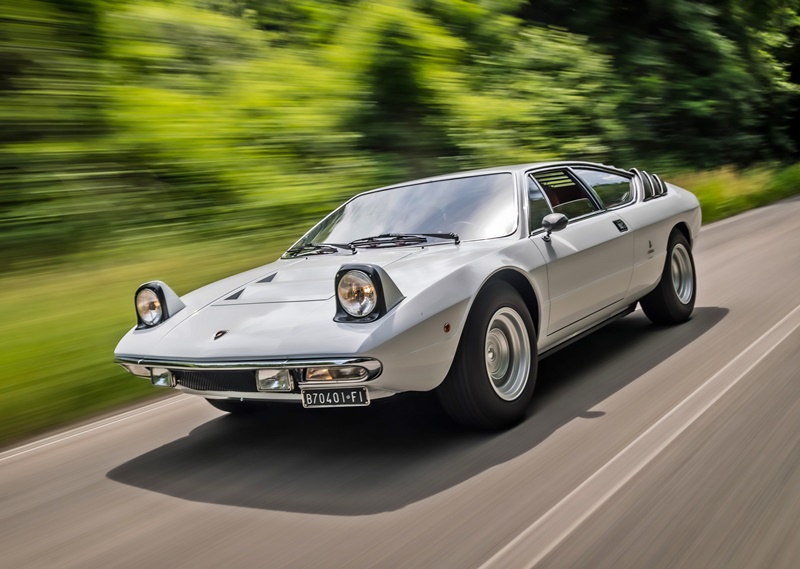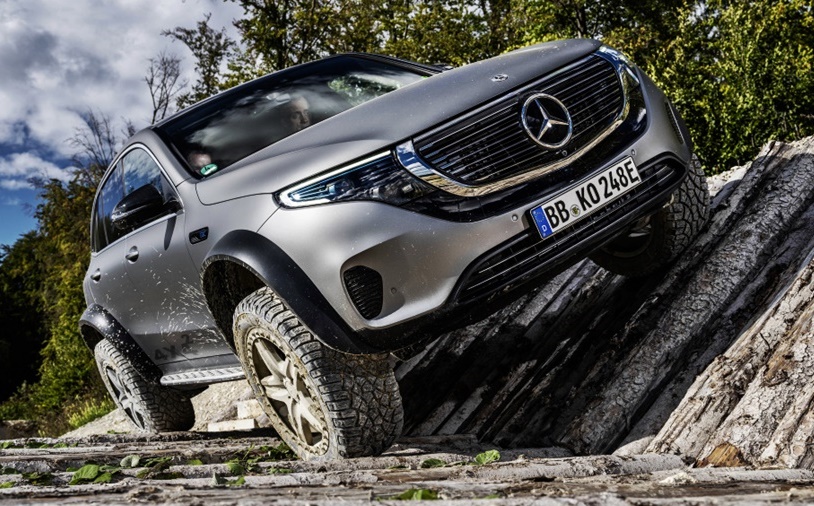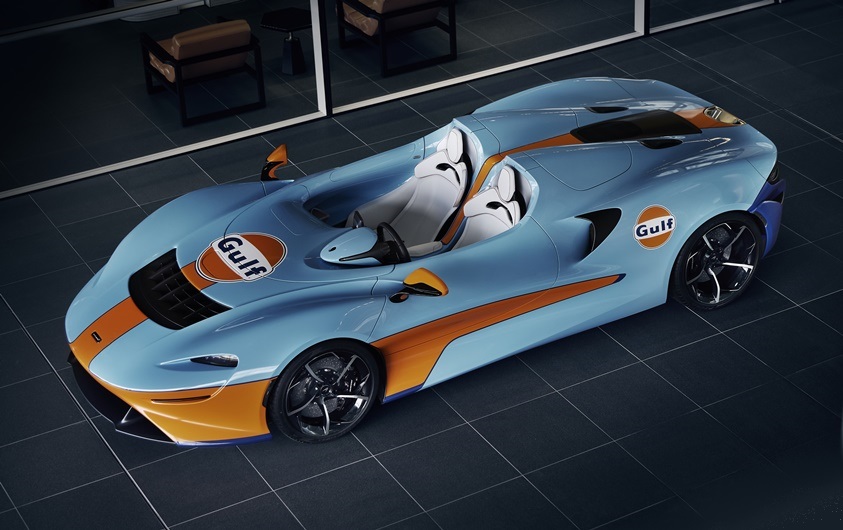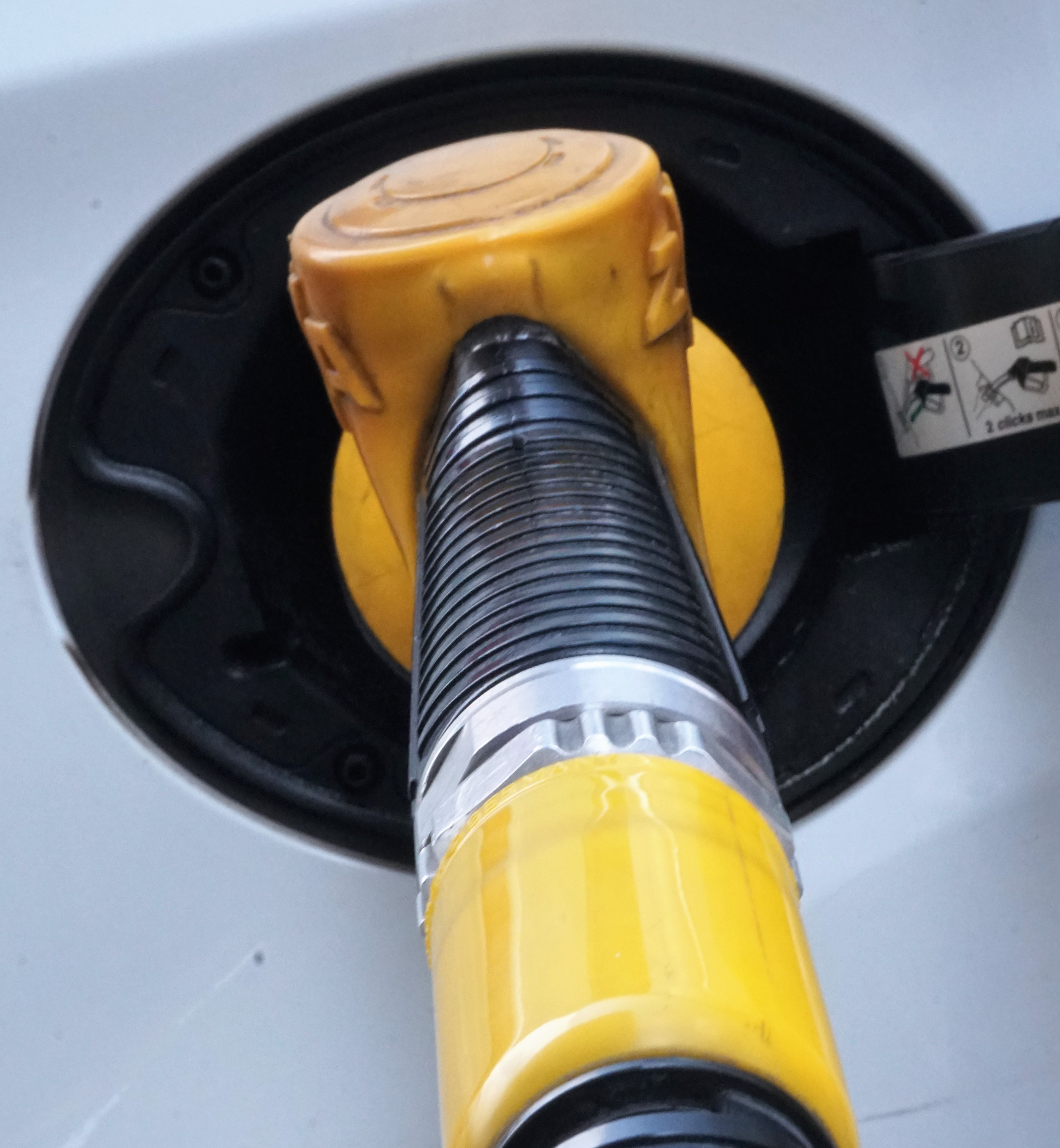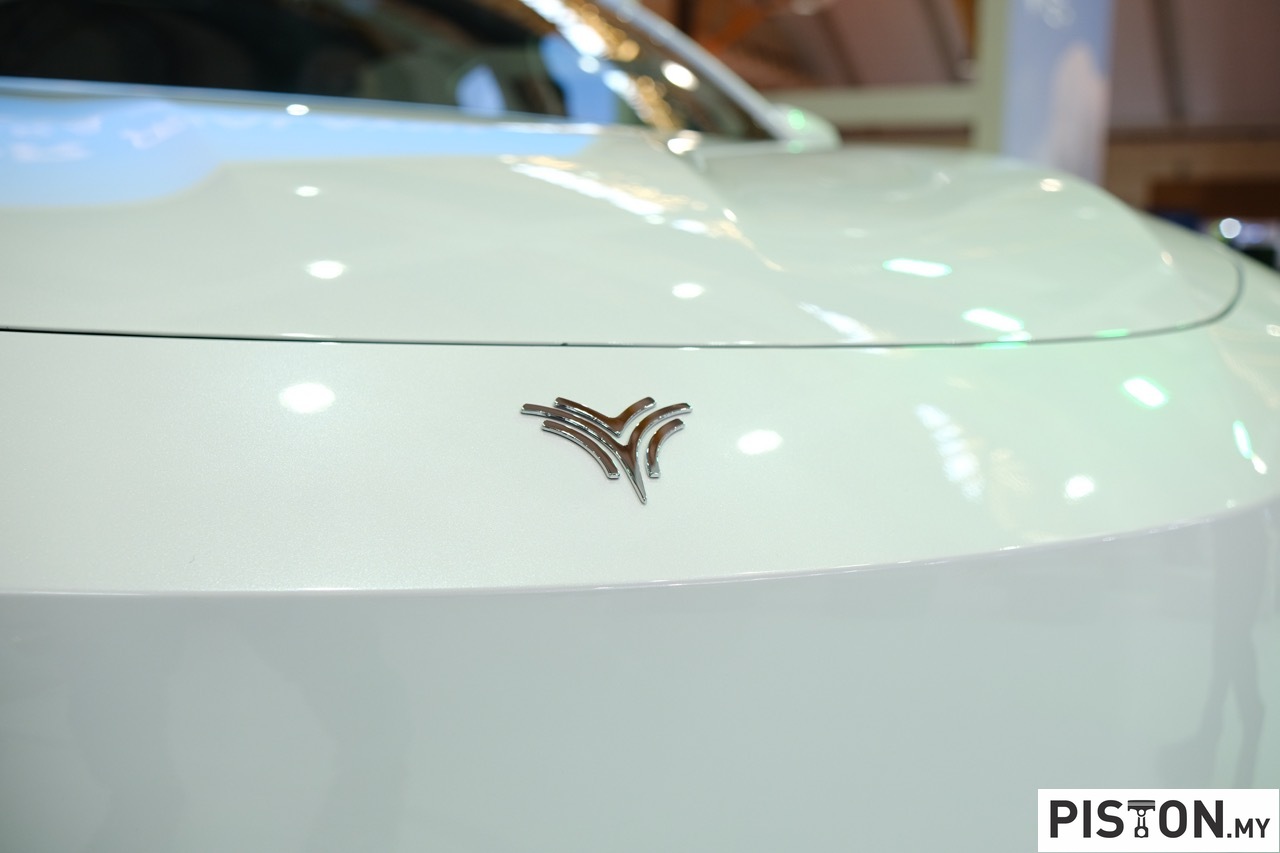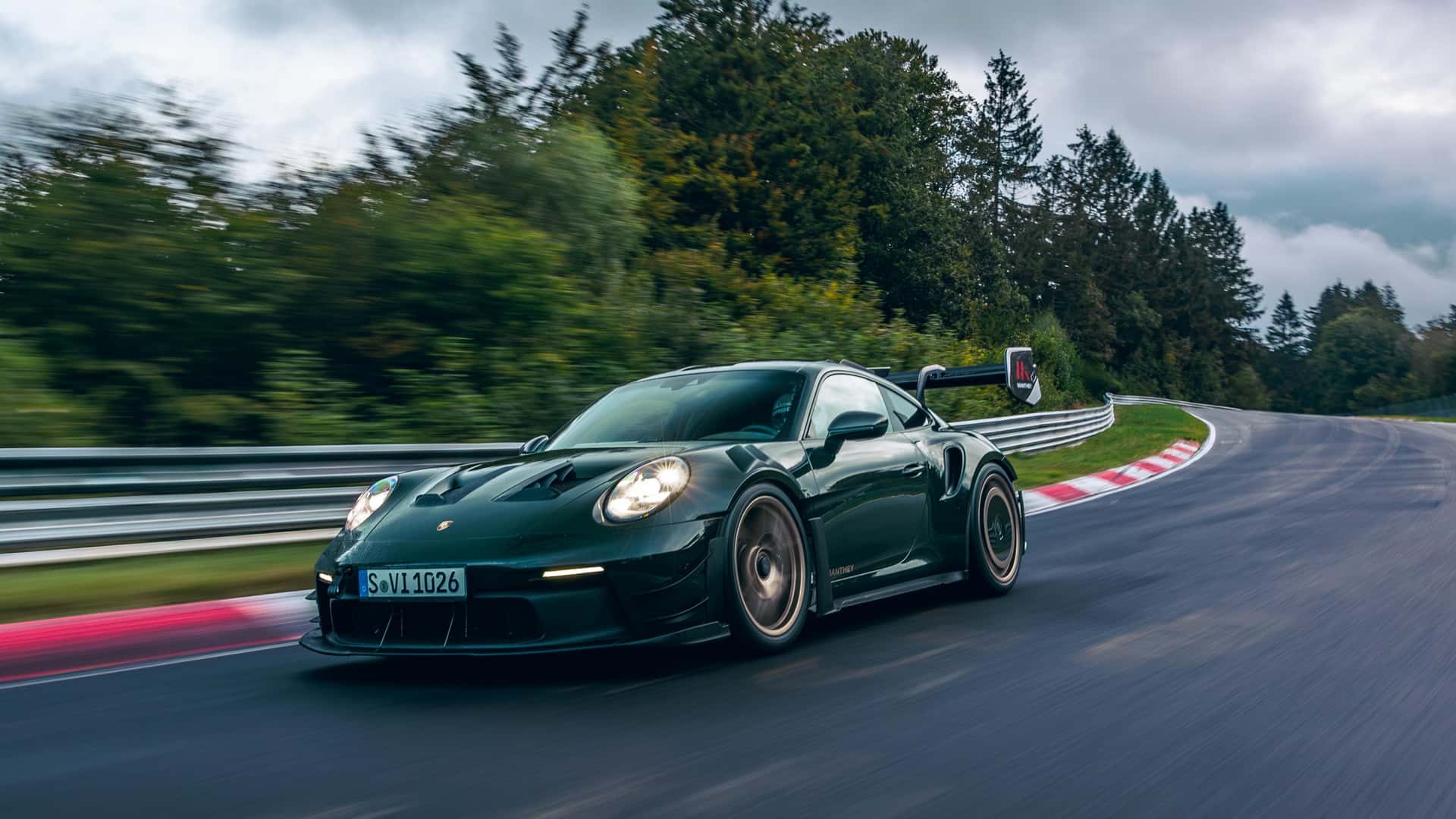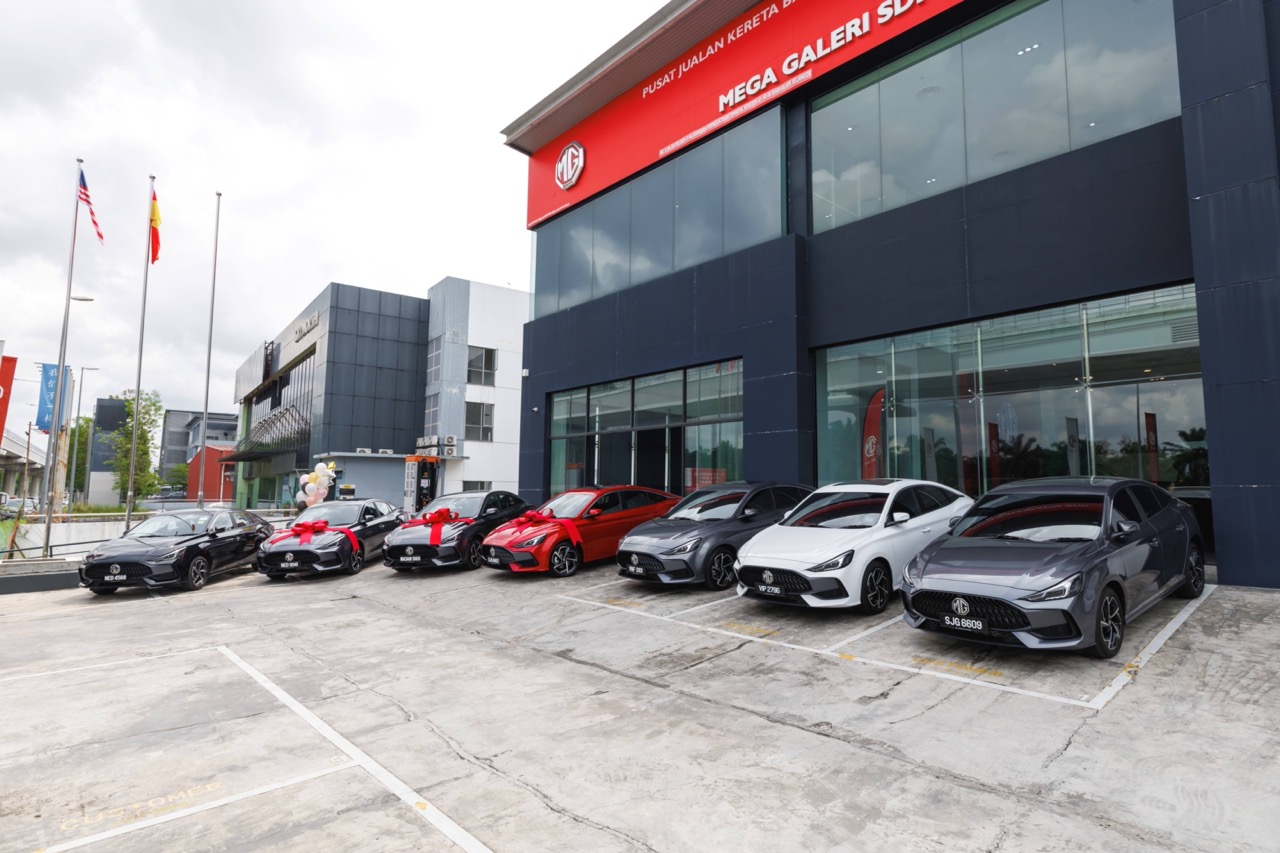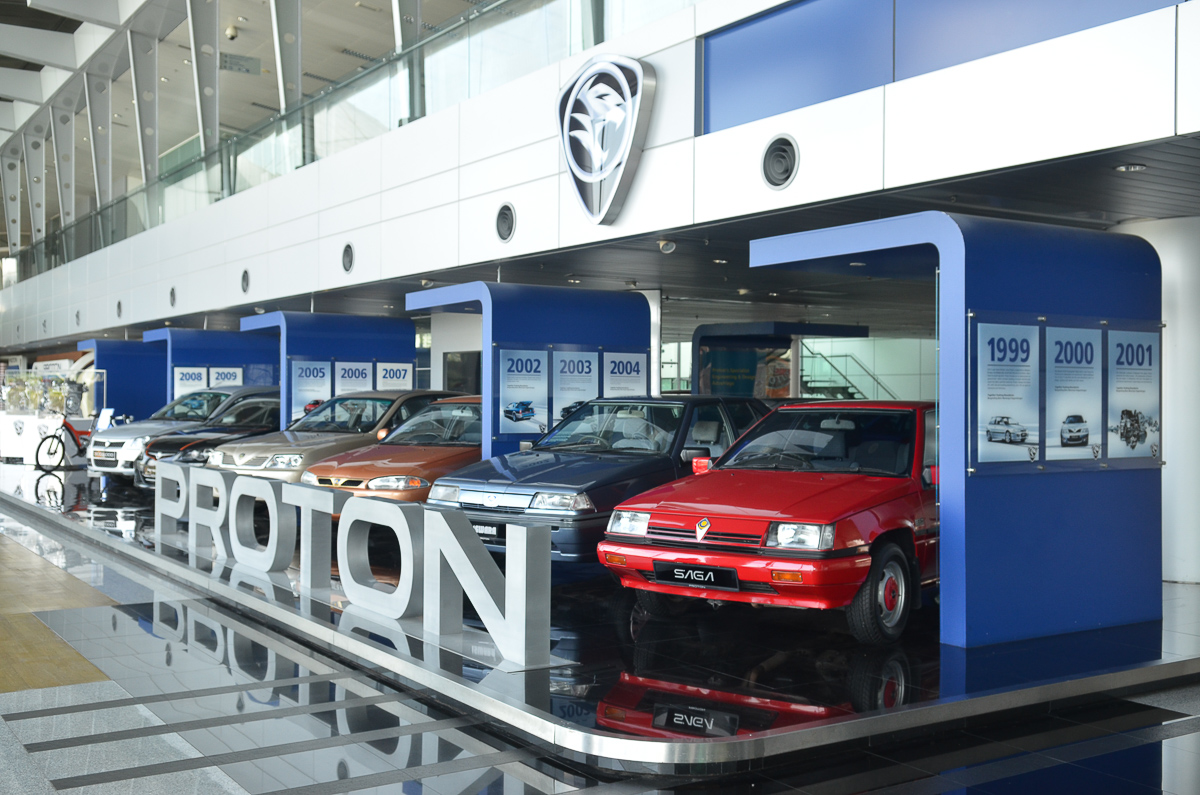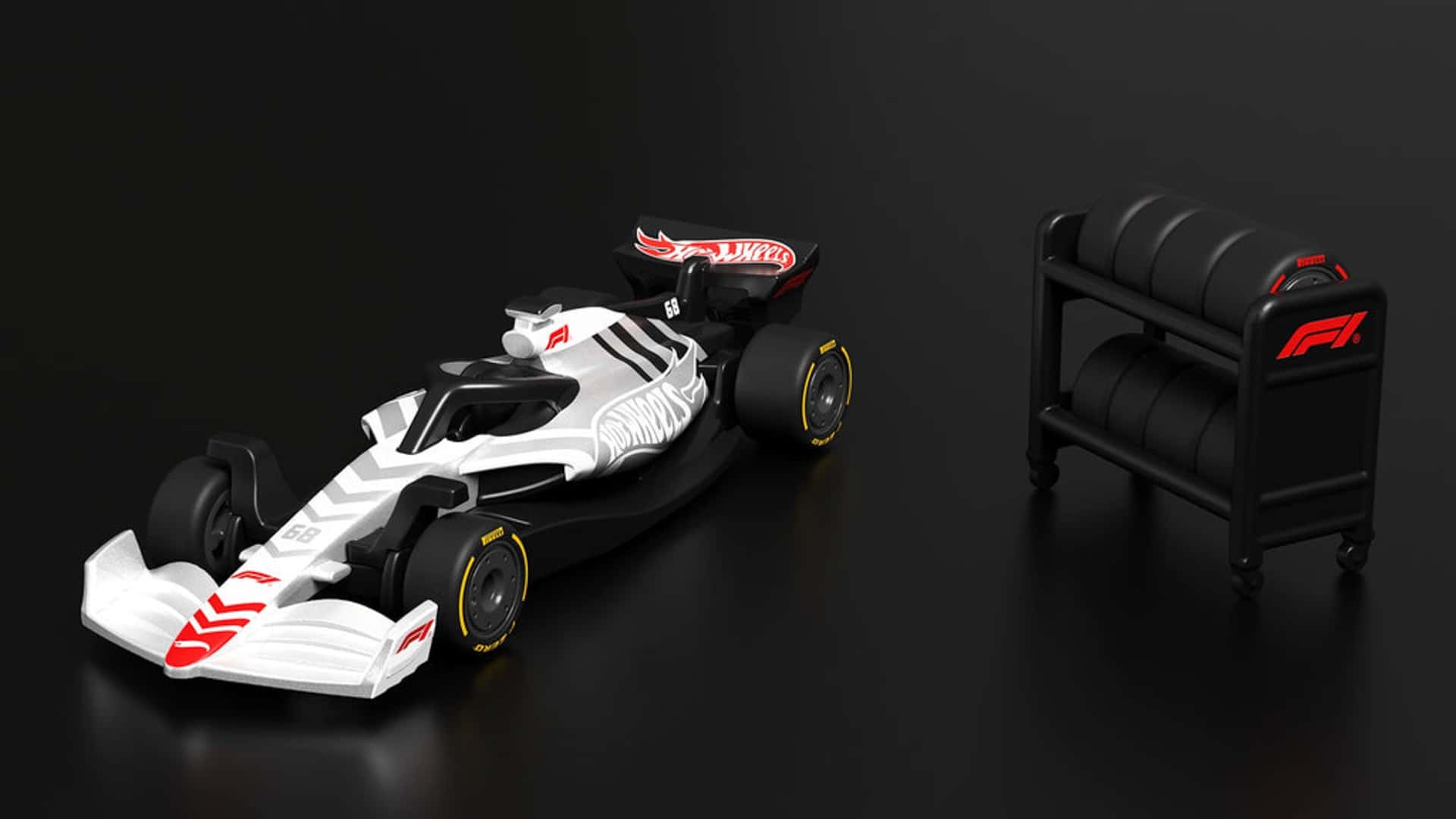Reigning champion Nyck de Vries led the Mercedes-EQ team home with a 1-2 in the opening round of the new season in Saudi Arabia. He sealed his first victory in Formula E at the same venue last year and took advantage of an uncharacteristic Stoffel Vandoorne slip-up to double up, with the Belgian missing his second jump through the ATTACK MODE activation loop. The pair were dominant from there, winding up 8 seconds clear of Jake Dennis (Avalanche Andretti) third.
Jaguar TCS Racing’s Sam Bird crossed the line a fighting fourth, with Andre Lotterer (Porsche) looking strong early on – particularly in a duel with Dennis. The German eventually slipped down the order from a provisional podium position to 14th as his usable energy became ever more marginal as the race drew on.
Lucas di Grassi showcased his renowned racecraft to notch fifth on debut for ROKiT Venturi Racing just ahead of teammate Edoardo Mortara and Nick Cassidy – the Envision Racing man also taking the point for the Fastest Lap.
DS TECHEETAH’s Jean-Eric Vergne followed in eighth, pipping rookie Oliver Askew who’ll be happy with his first effort in the series and points on the board – no mean feat. Jaguar’s Mitch Evans rounded out the points-paying positions.
After Mercedes-EQ’s dominance in Round 1, the second round run the next day saw ROKiT Venturi Racing take the headlines with Edoardo Mortara and Lucas di Grassi bringing home the customer Silver Arrow 02 machine home in first and third place respectively, with Envision Racing’s Robin Frijns splitting the pair in second.
Through the second round of ATTACK MODE activations, di Grassi was able to position himself for a move on polesitter and then-leader Nyck de Vries (Mercedes-EQ) on Lap 16. The Brazilian fired it around the outside of de Vries at Turn 18 and made it stick, with Mortara also able to profit and make it through.
The Swiss then swept by his teammate for the lead a lap later, and there he stayed – fending off Frijns until the race came to an end behind the Safety Car after Alexander Sims’ Mahindra found the wall.
Andre Lotterer (TAG Heuer Porsche Formula E Team) made amends after slipping down the order during Race 1 as the German battled to fourth. Lotterer jousted with Jake Dennis (Avalanche Andretti) and Jean-Eric Vergne (DS TECHEETAH) throughout and got the better of the pair, who followed the Porsche driver home.
Vandoorne stealthily clambered from 12th spot into seventh at the flag – very Vandoorne, quietly claiming valuable points from an inopportune situation. Oliver Rowland (Mahindra Racing) rocketed off the line and back from a pre-race 3-position grid penalty to finish eighth, with Pascal Wehrlein (Porsche) ninth. de Vries was thus shuffled down the pack after the Venturis made their way through – and following a pass by Vergne which resulted in some close contact.
Mercedes Team Principal Ian James admitted the team was left ‘open and vulnerable. “It’s massively frustrating when you have such a strong Qualifying and then you can’t convert it into the positions that you wanted in the end,” he said after the end of the second round. “To be frank, we didn’t have a car that was fast enough today and I think that leaves you open and vulnerable during the race. I think that’s where we lost the places and we just need to work out how we got ourselves into that position and make sure that we can correct those errors.”
Mortara now sits 4 points ahead of de Vries at the top of the Drivers’ standings, while ROKiT Venturi Racing heads the Teams’ running by 11 points over Mercedes-EQ with Avalanche Andretti third.
Moving on to Mexico City for Round 3 on February 12, the Mercedes-EQ team (in its final season) will be working hard to correct the errors that led to its defeat in the second round in Diriyah. While this wouldn’t be the first time we’ve seen a customer team be more competitive than the manufacturer that provides the powertrain, Mercedes-EQ will no doubt do everything it can to limit Venturi’s lead early on in the challenge for the Teams’ Championship trophy which it captured in Season 7.



